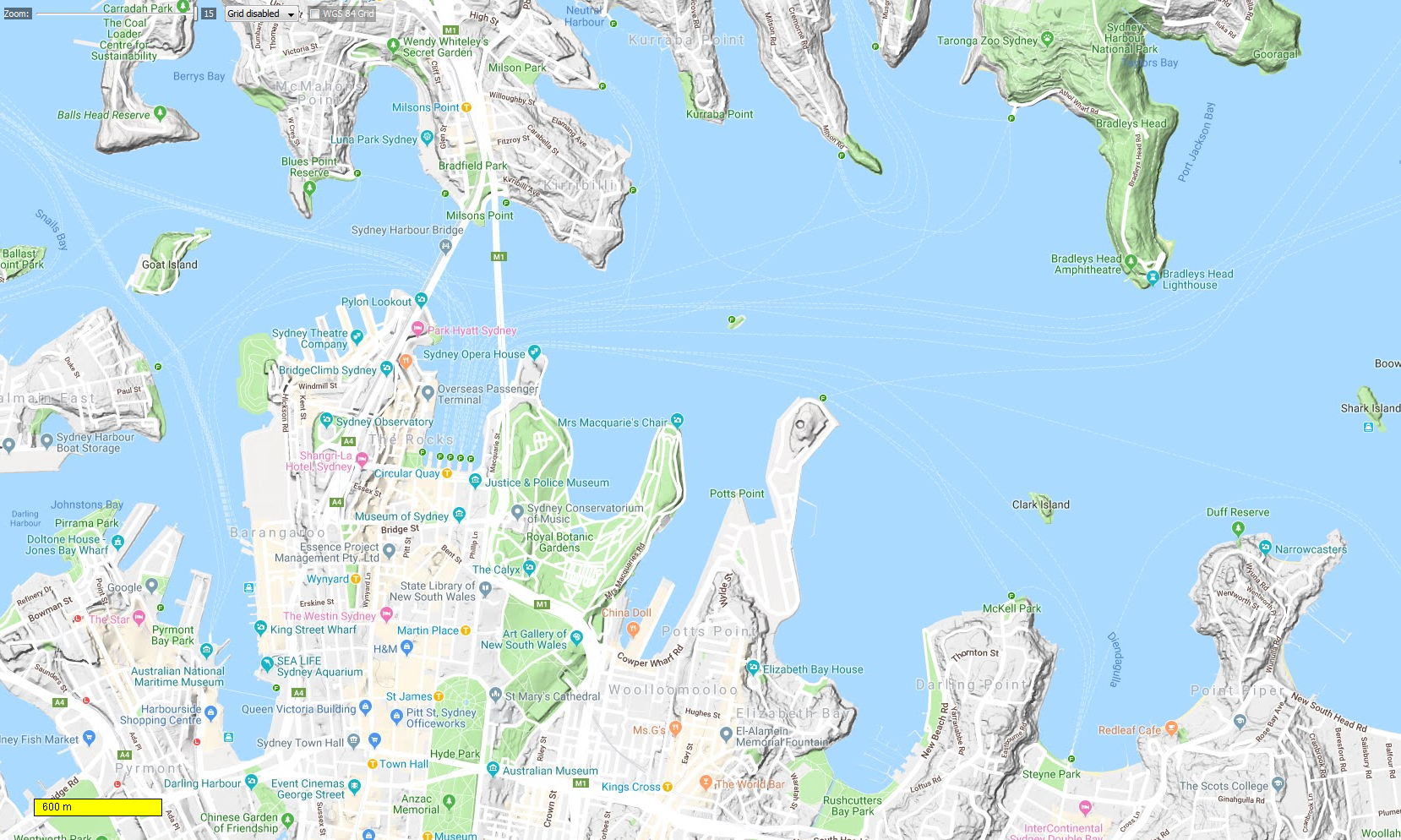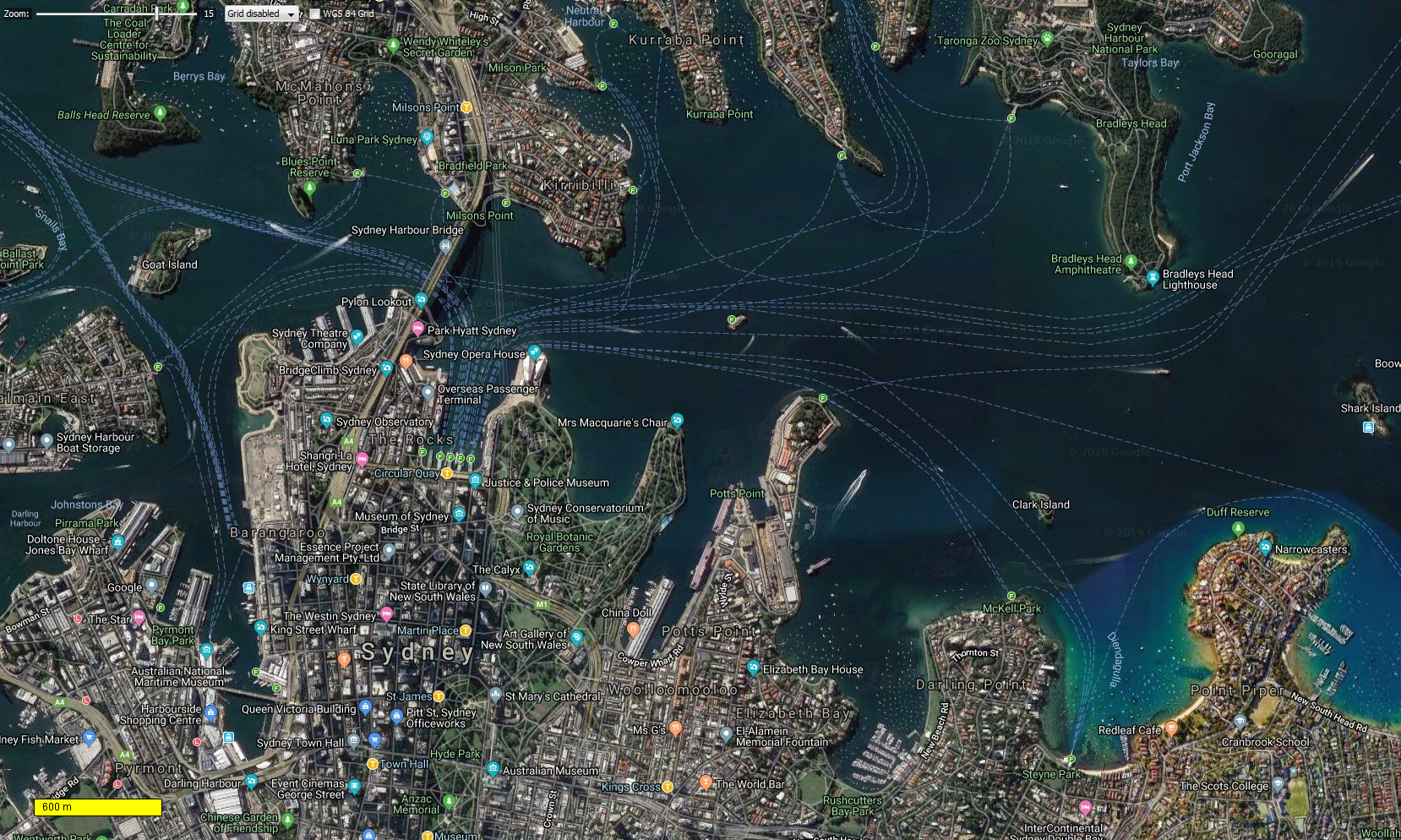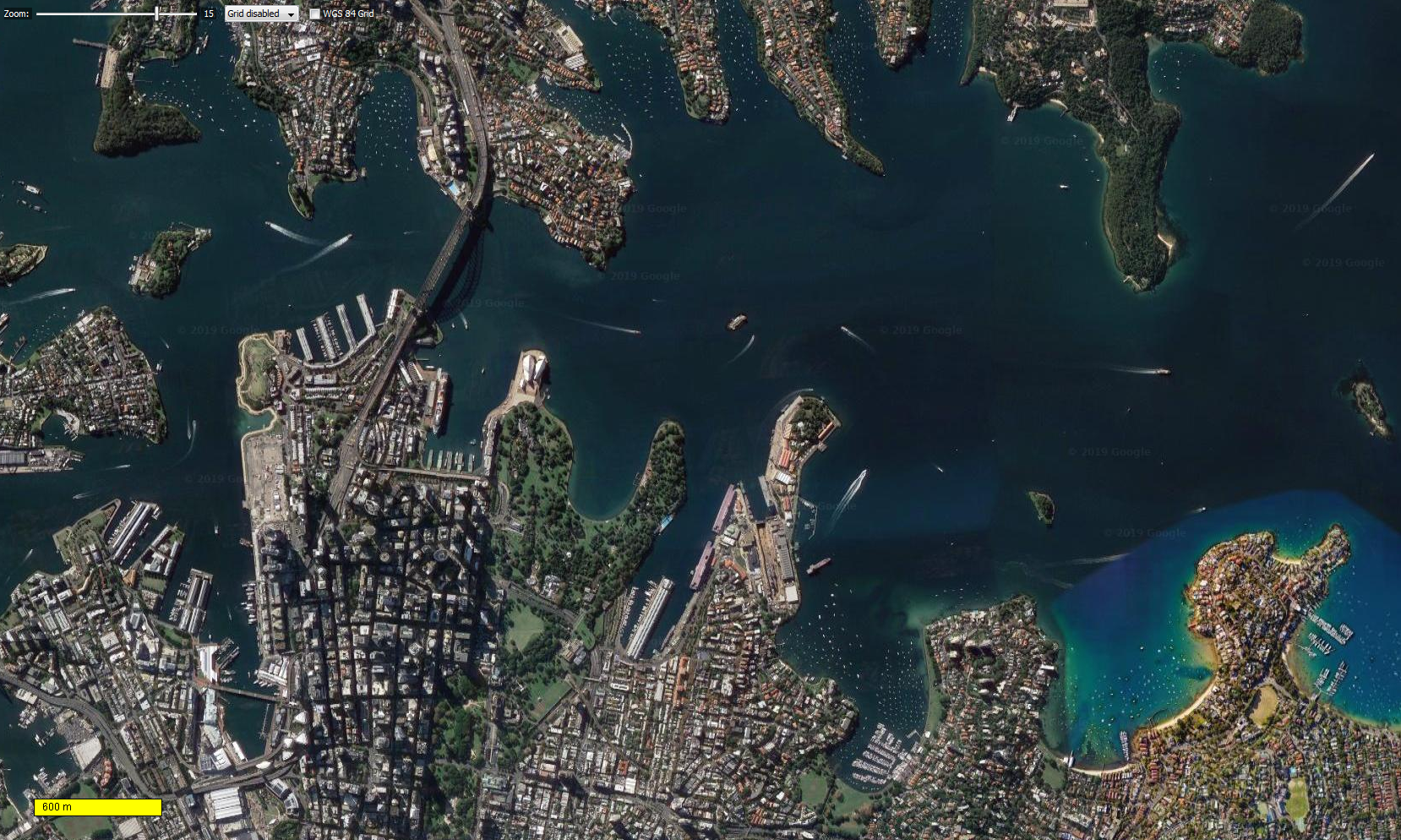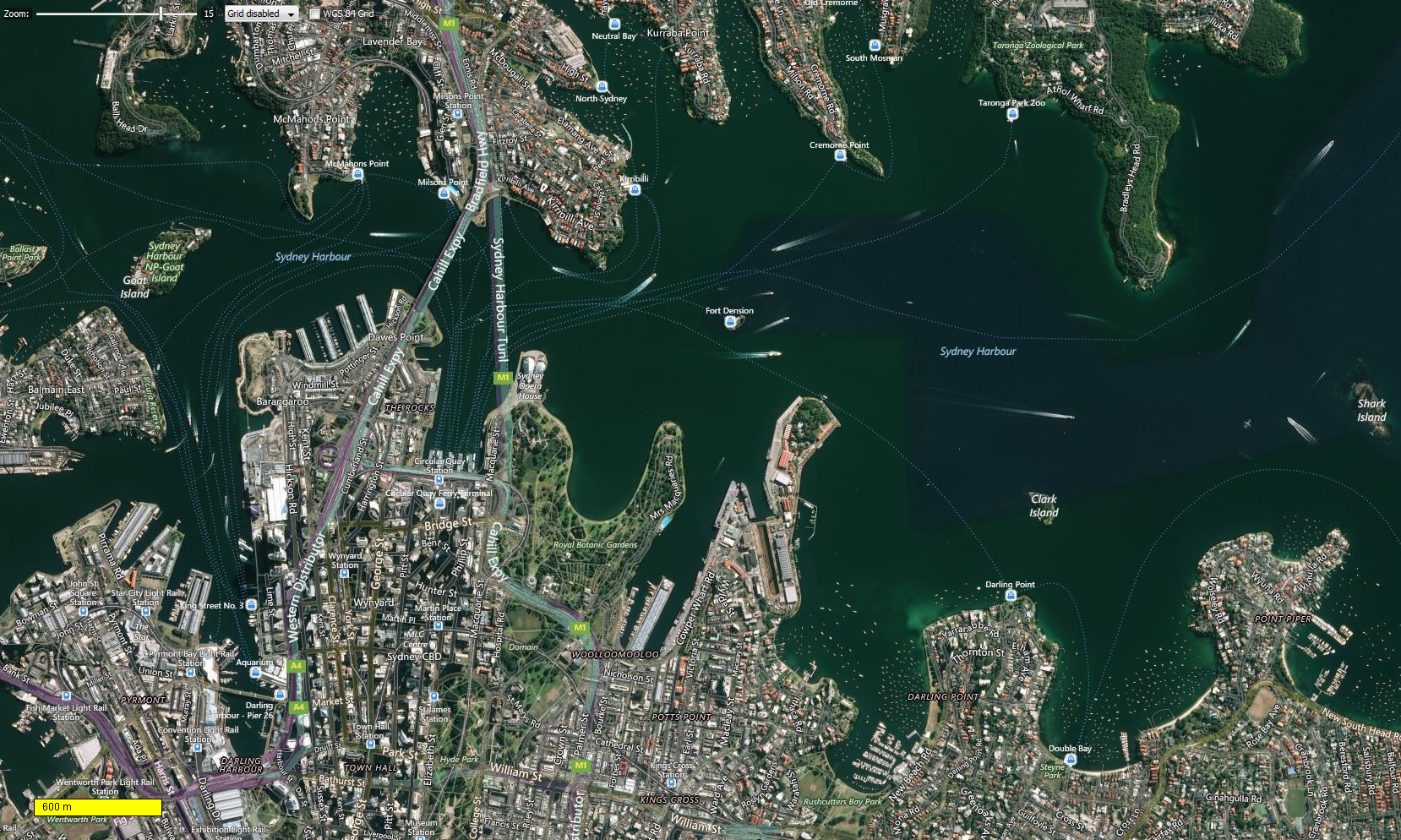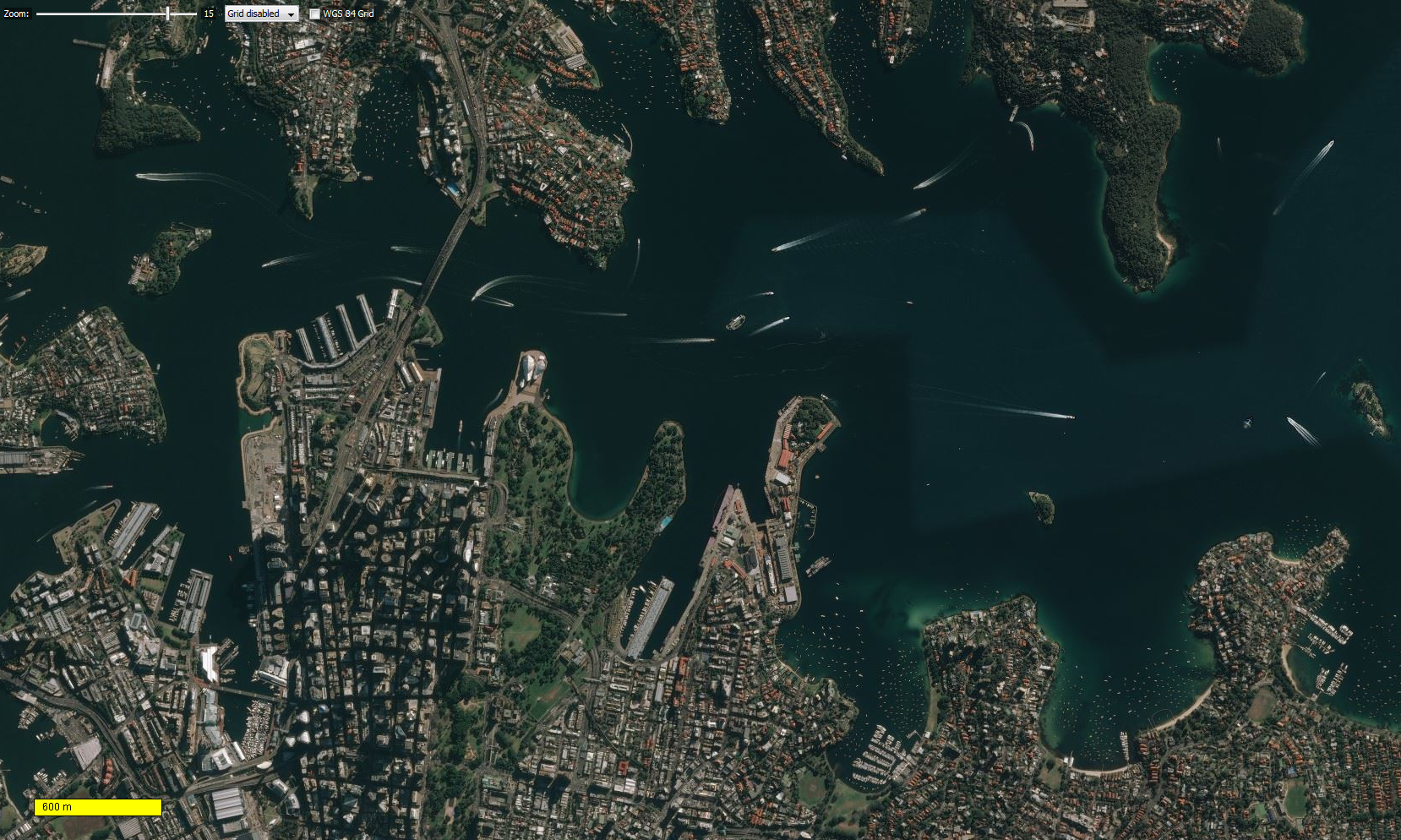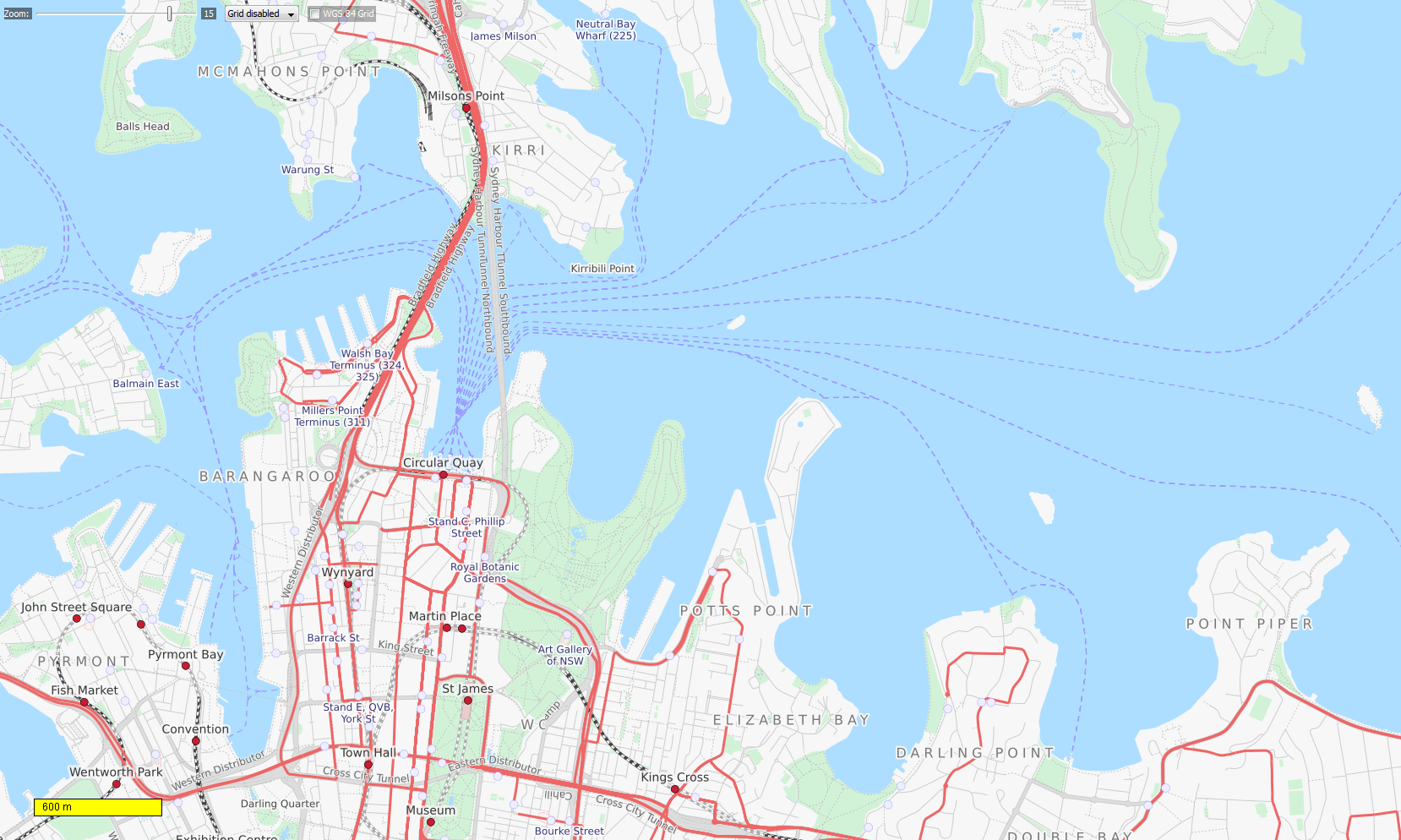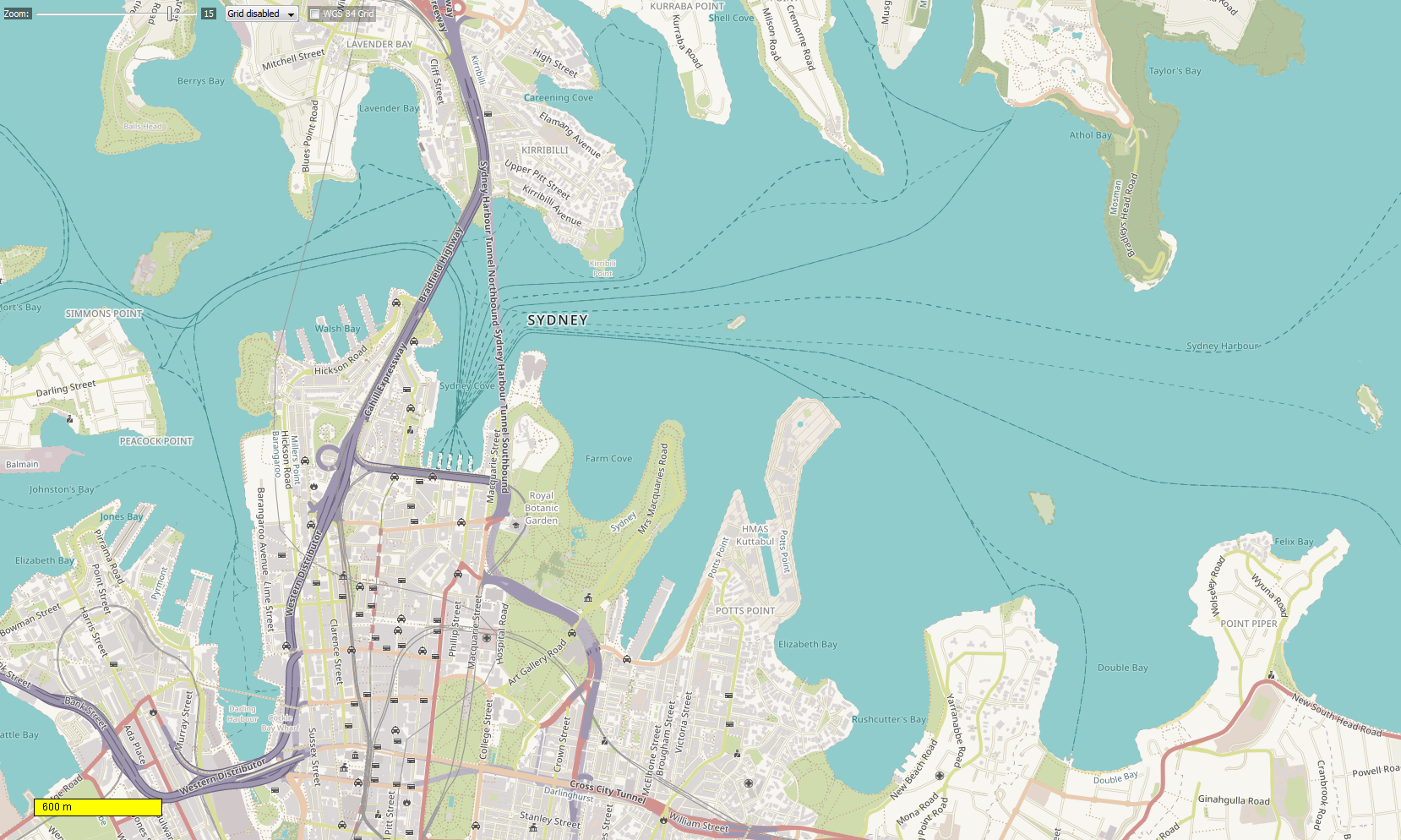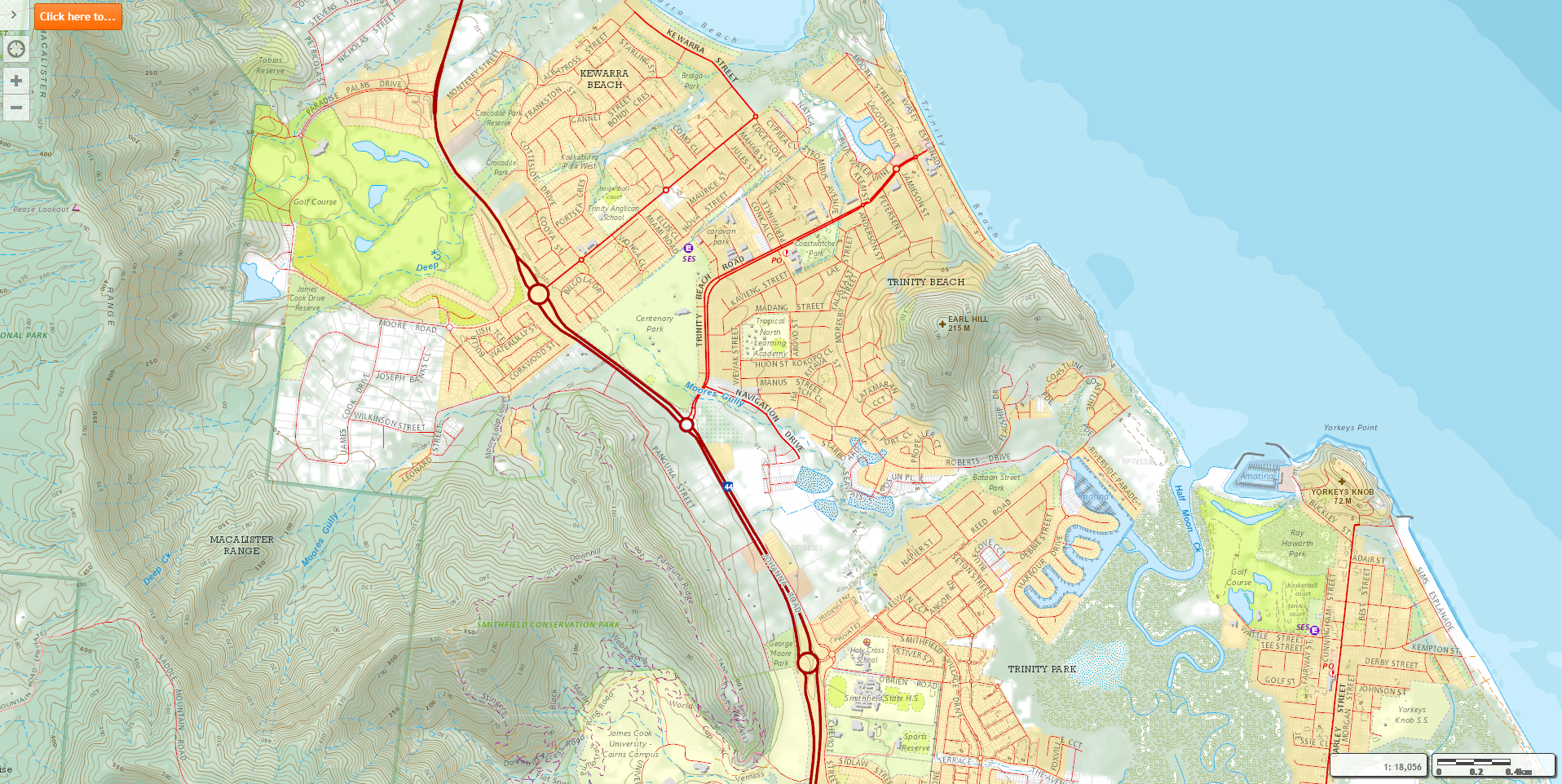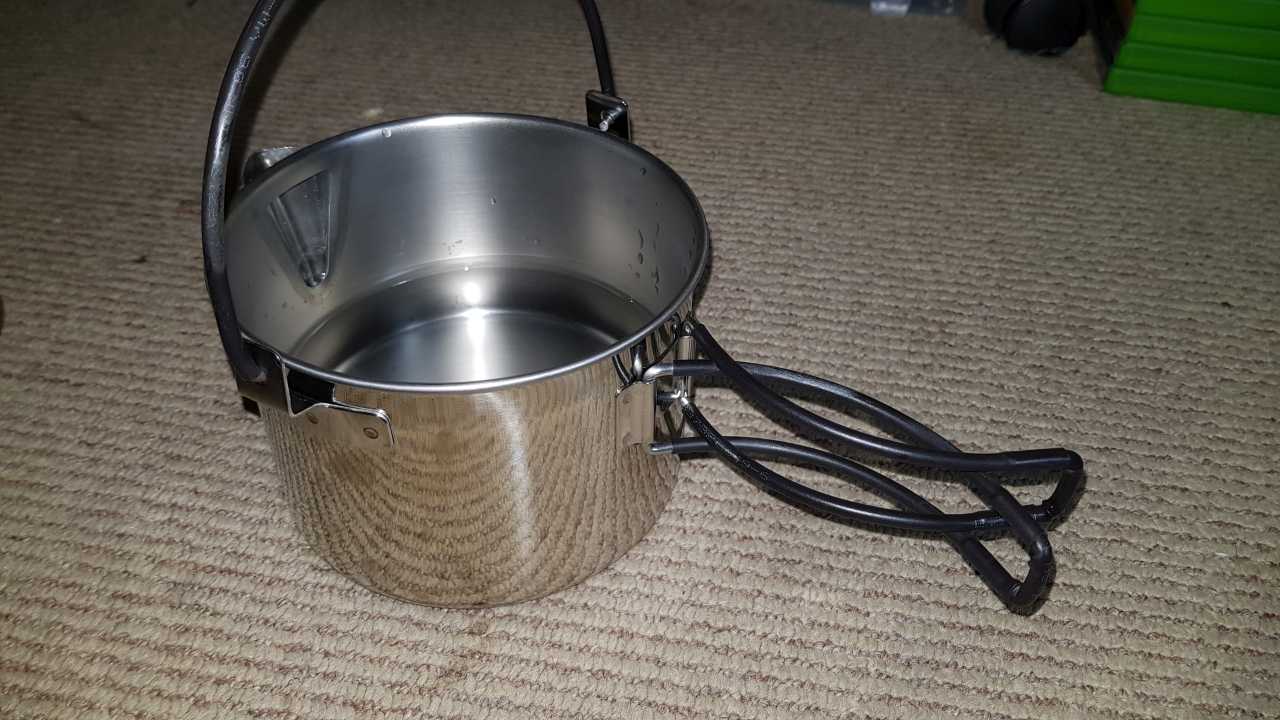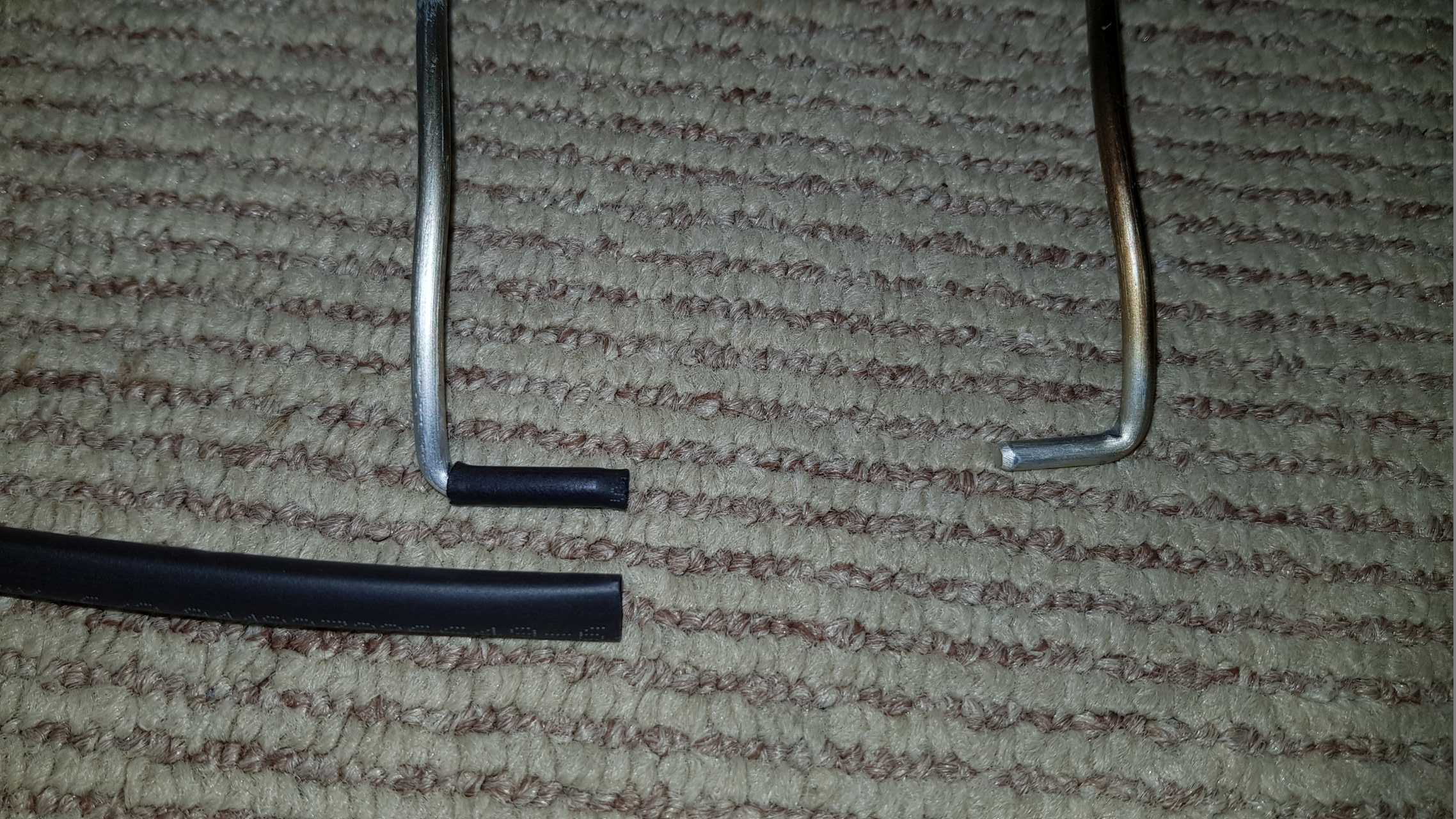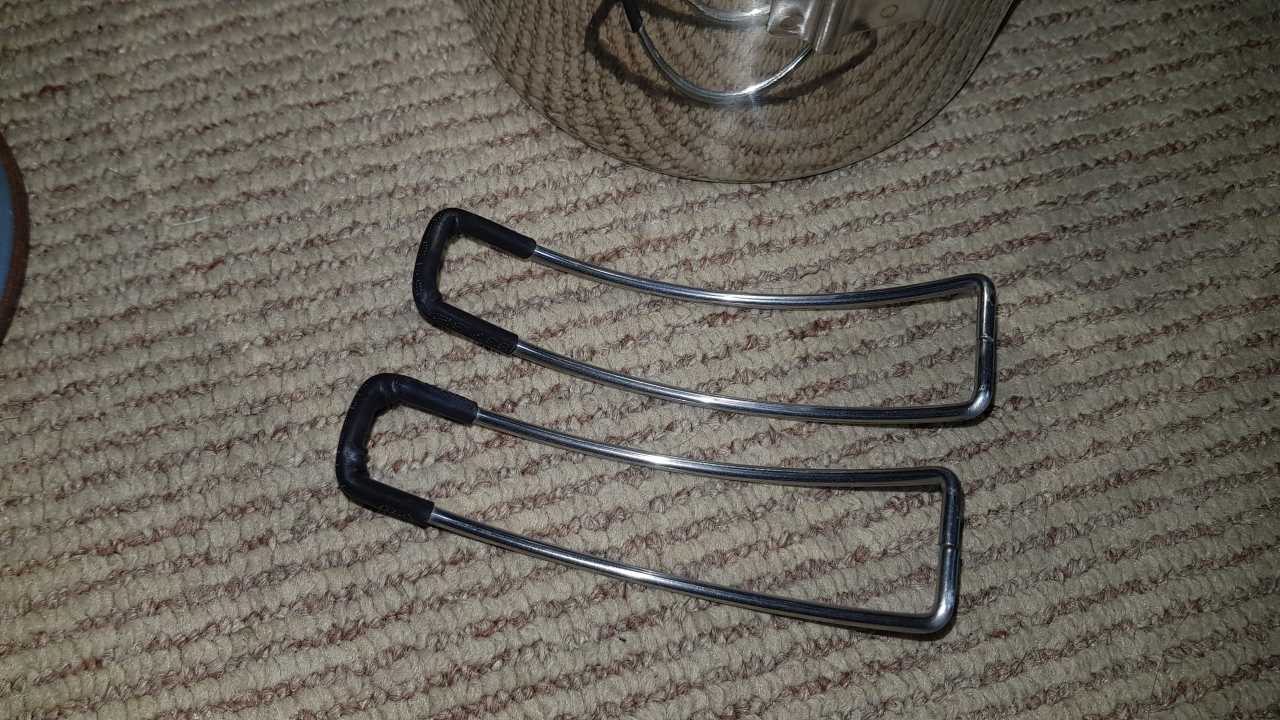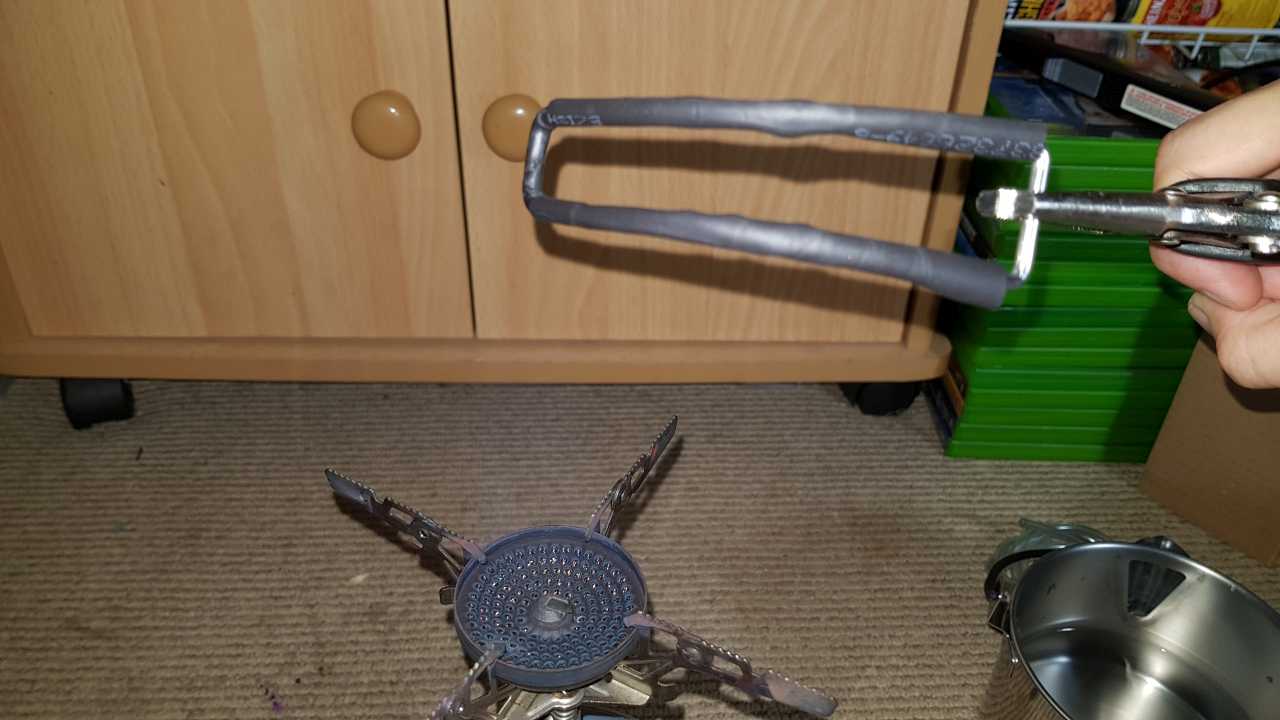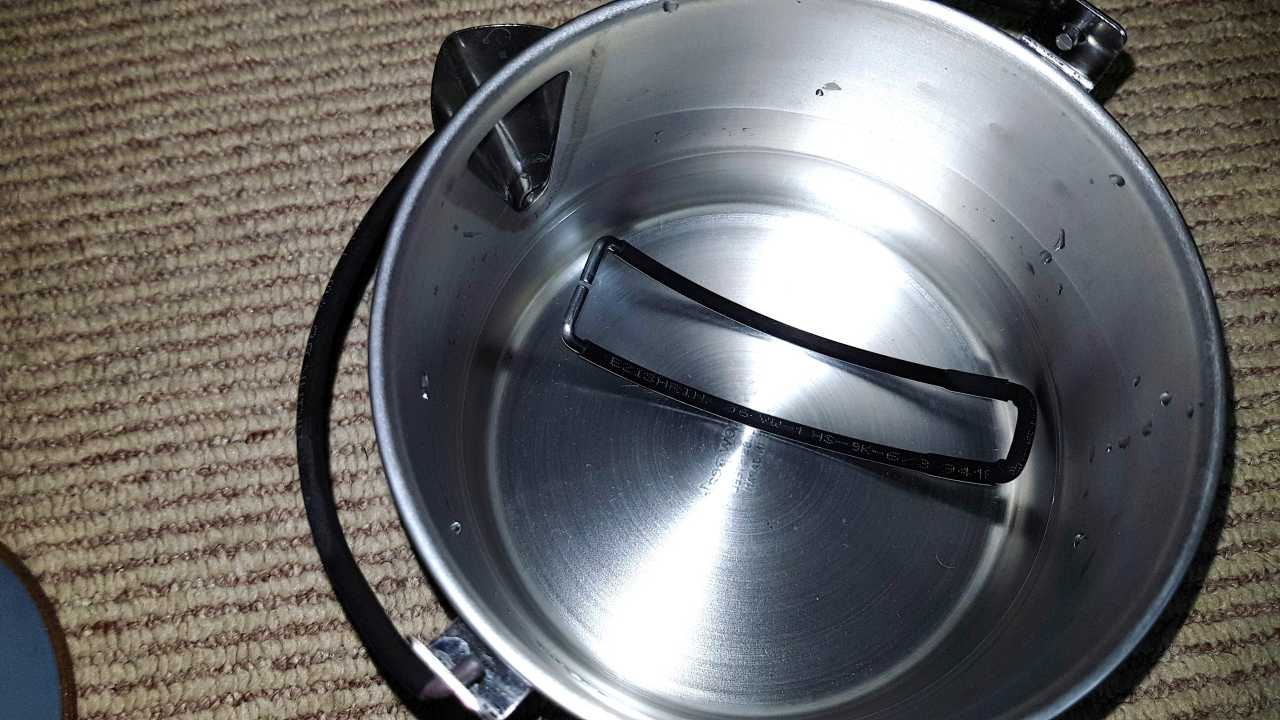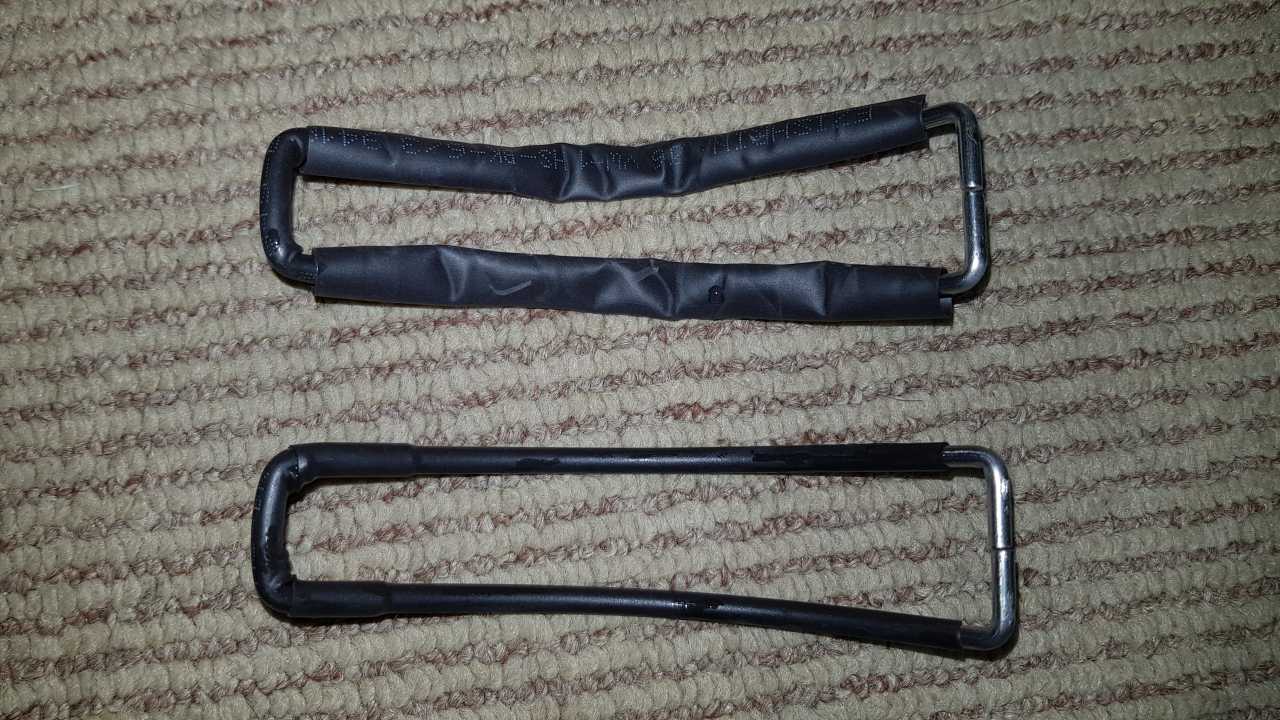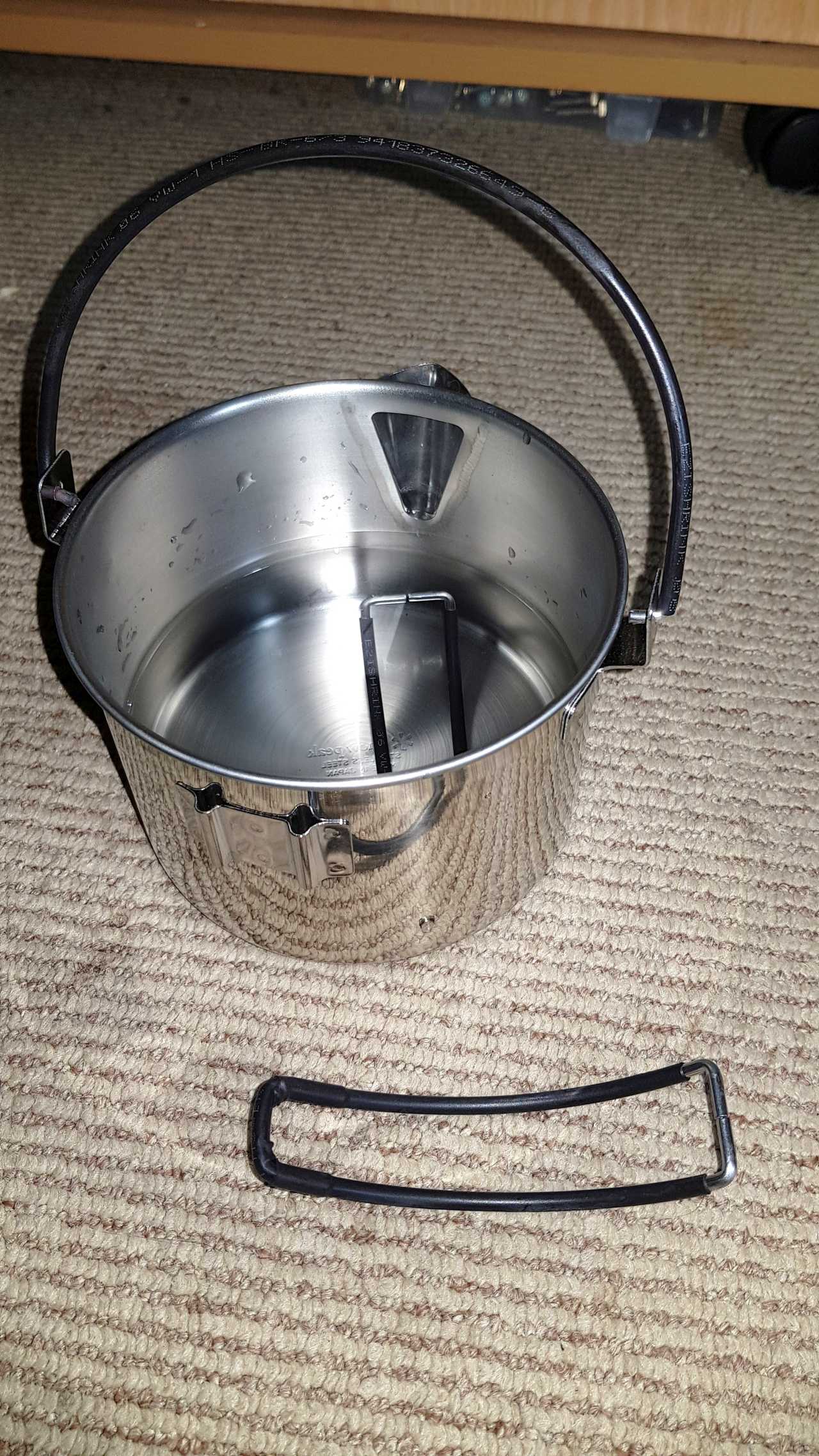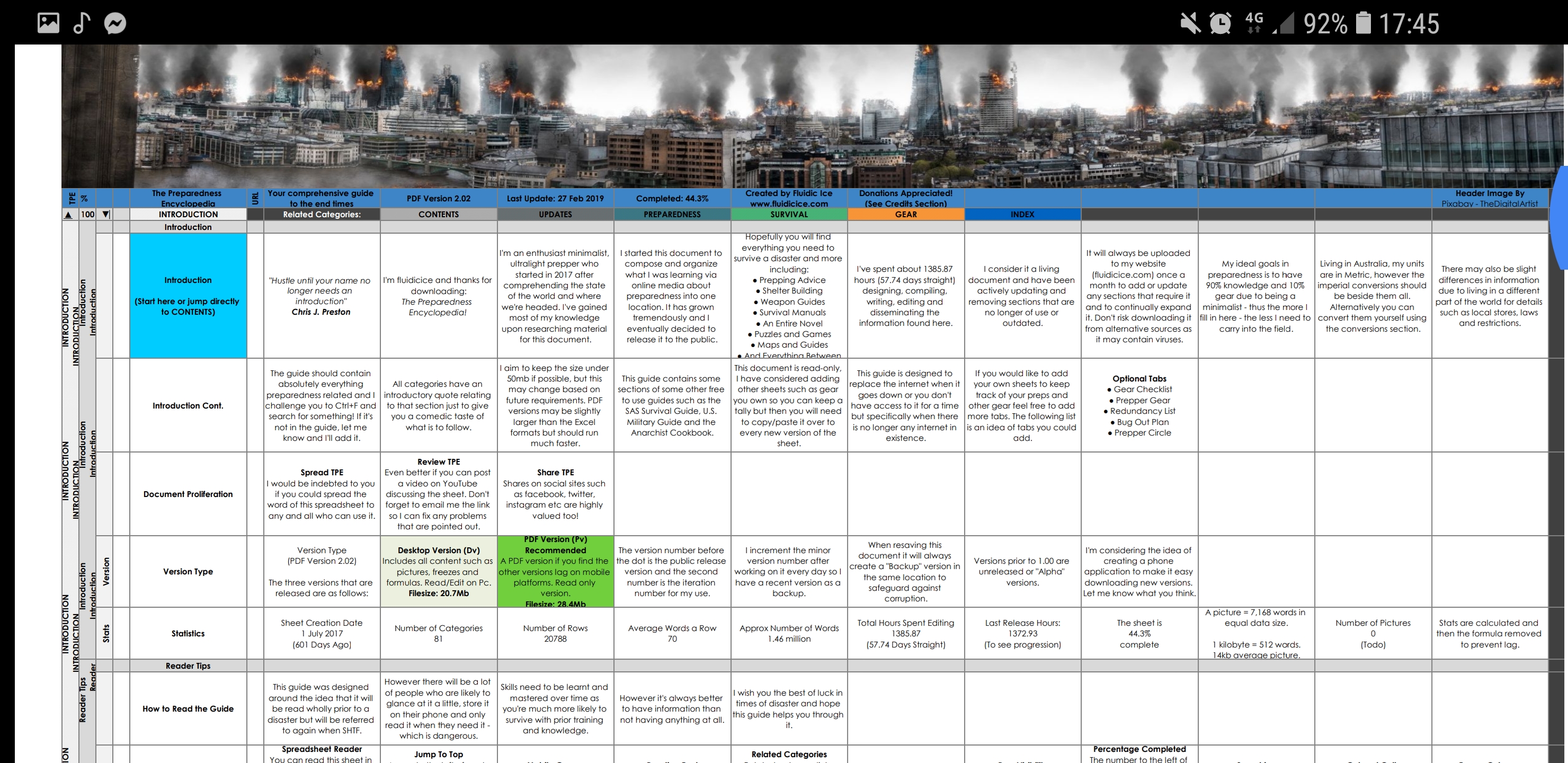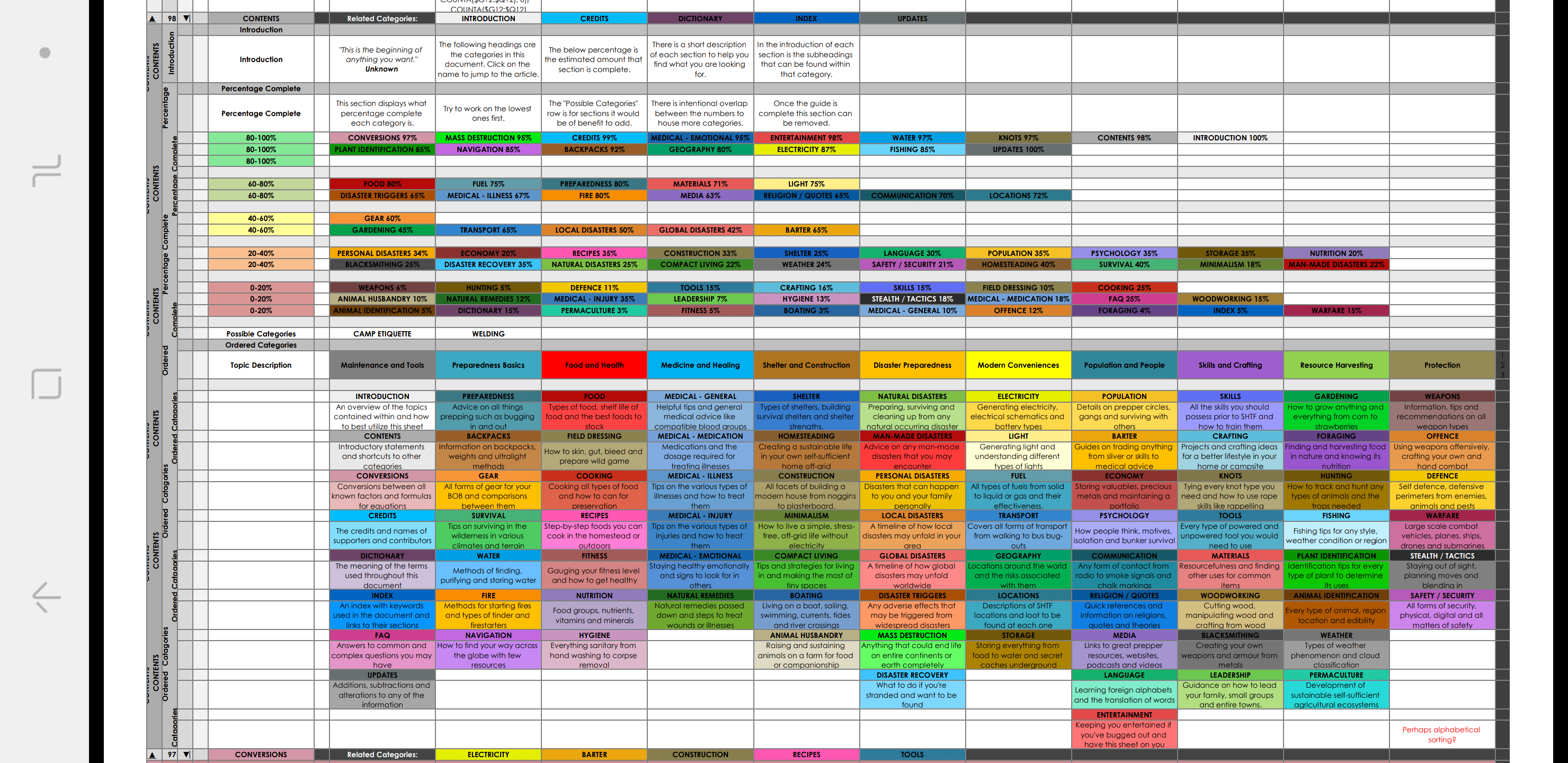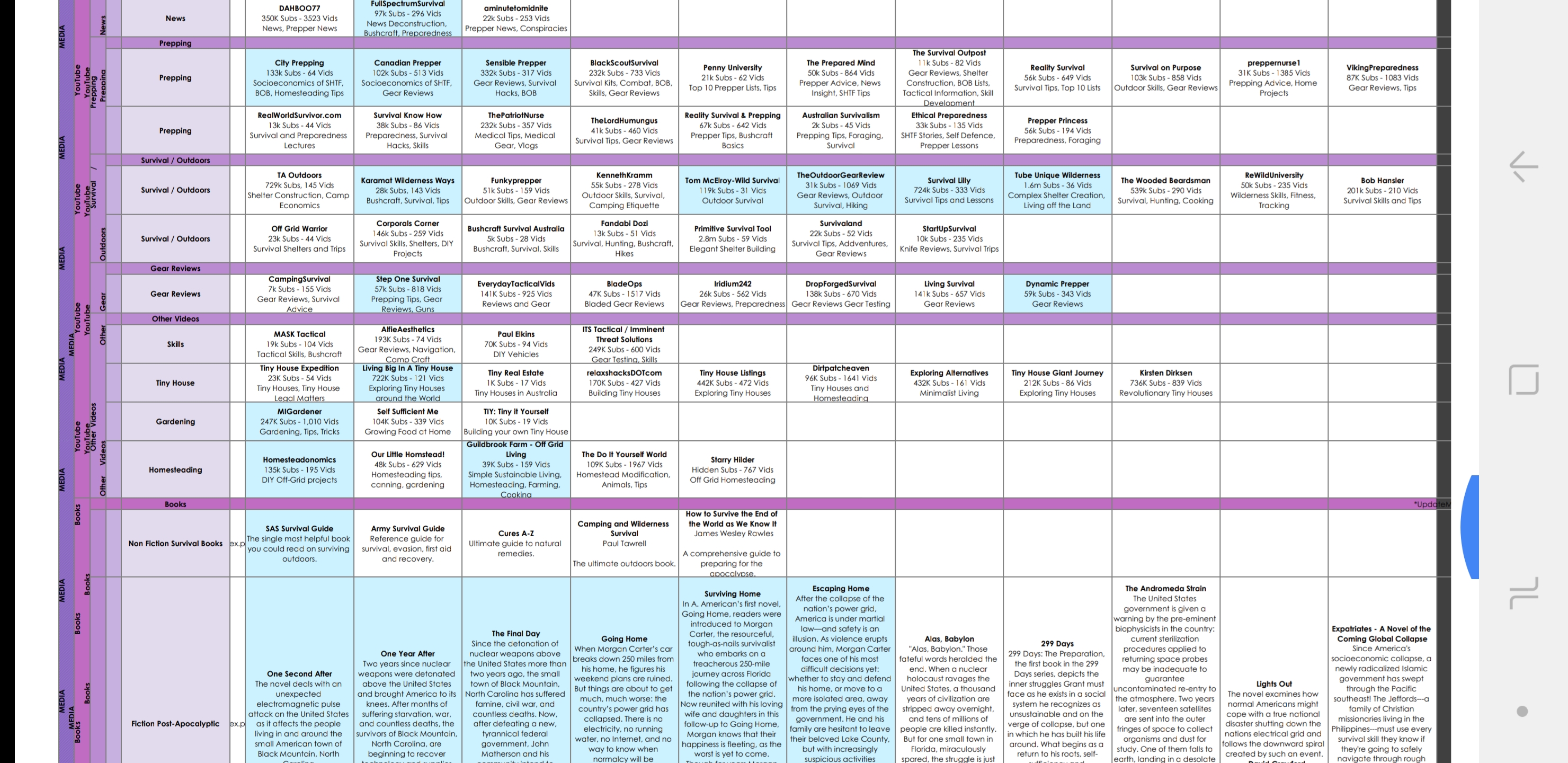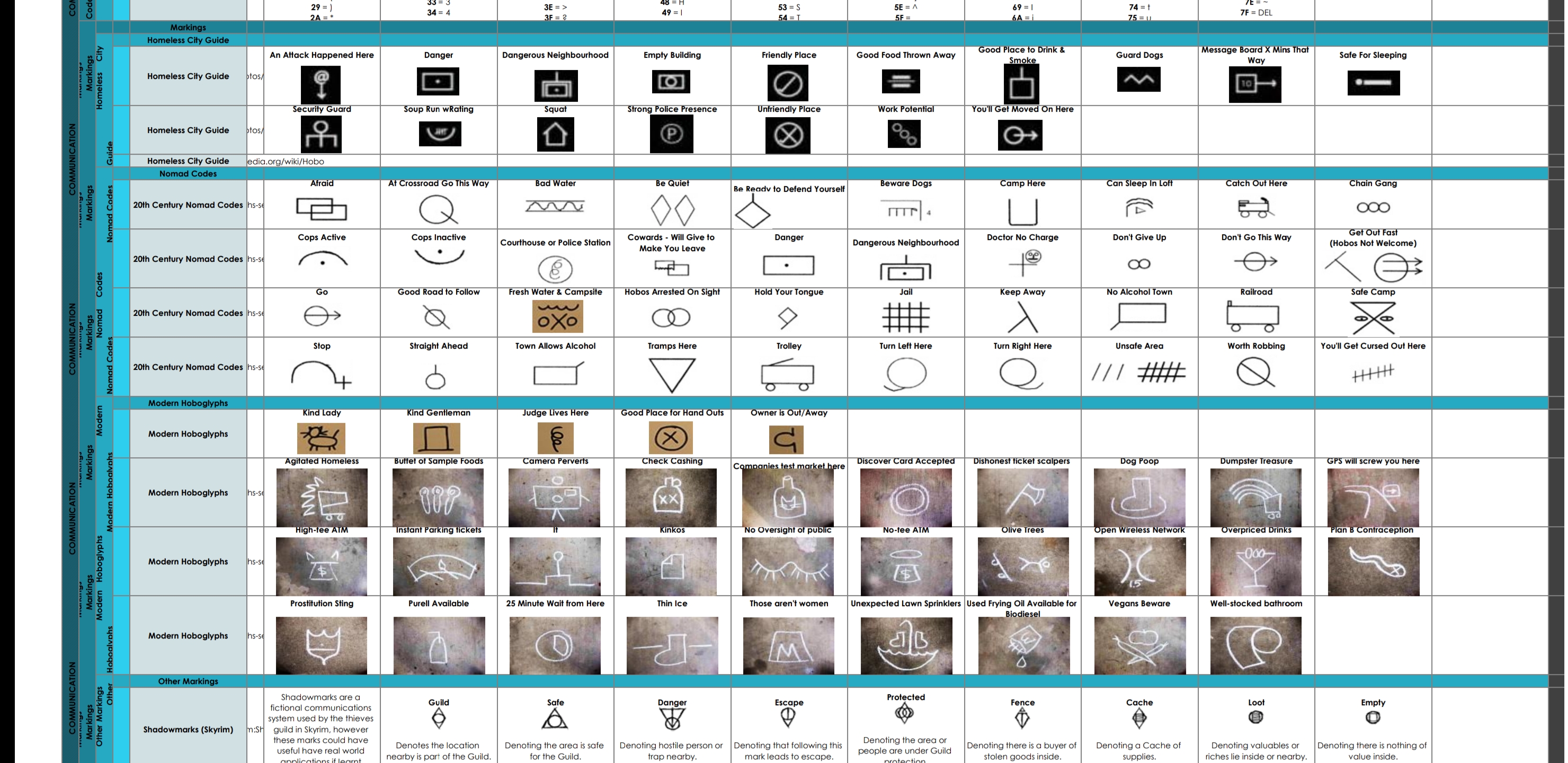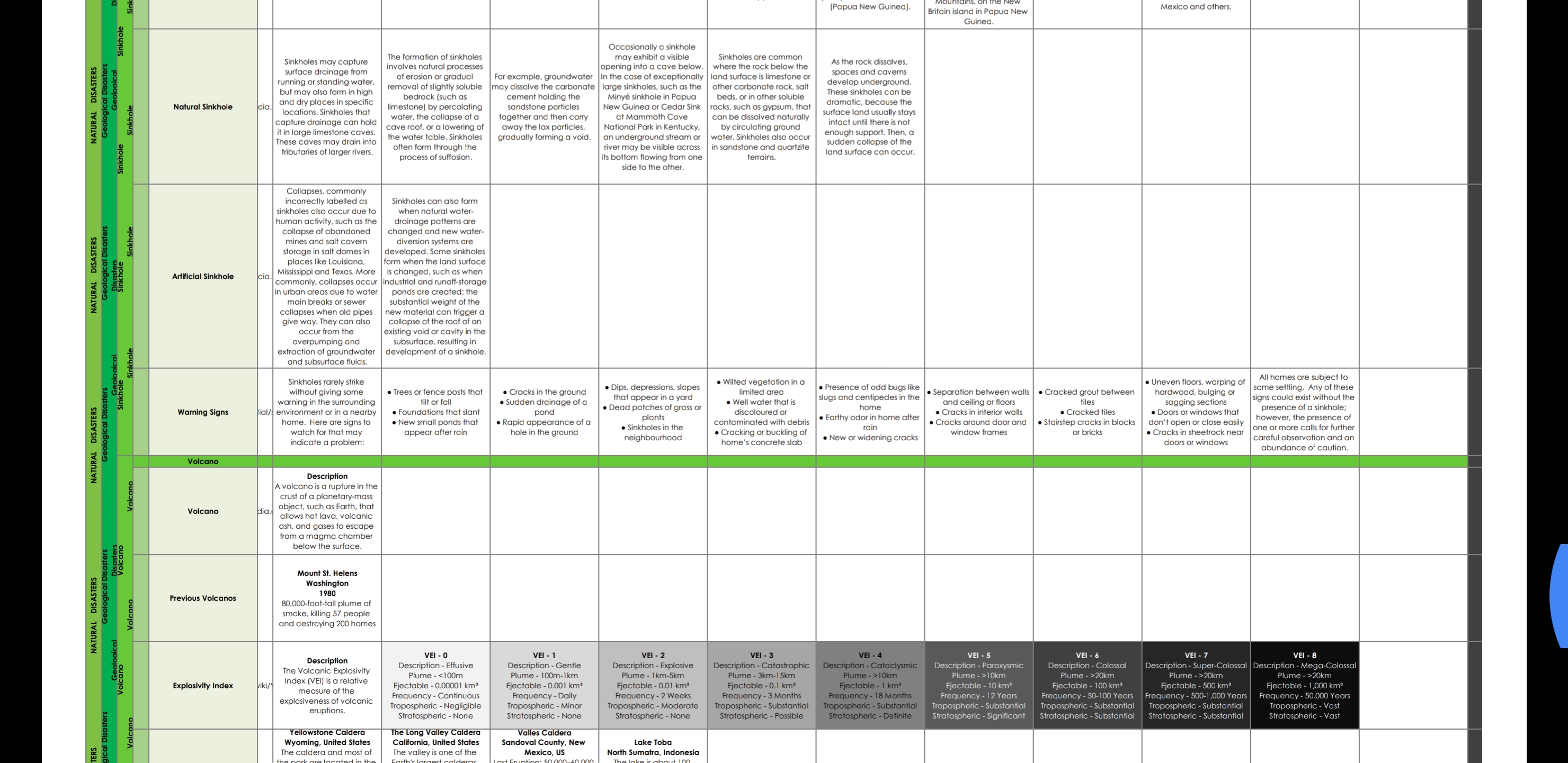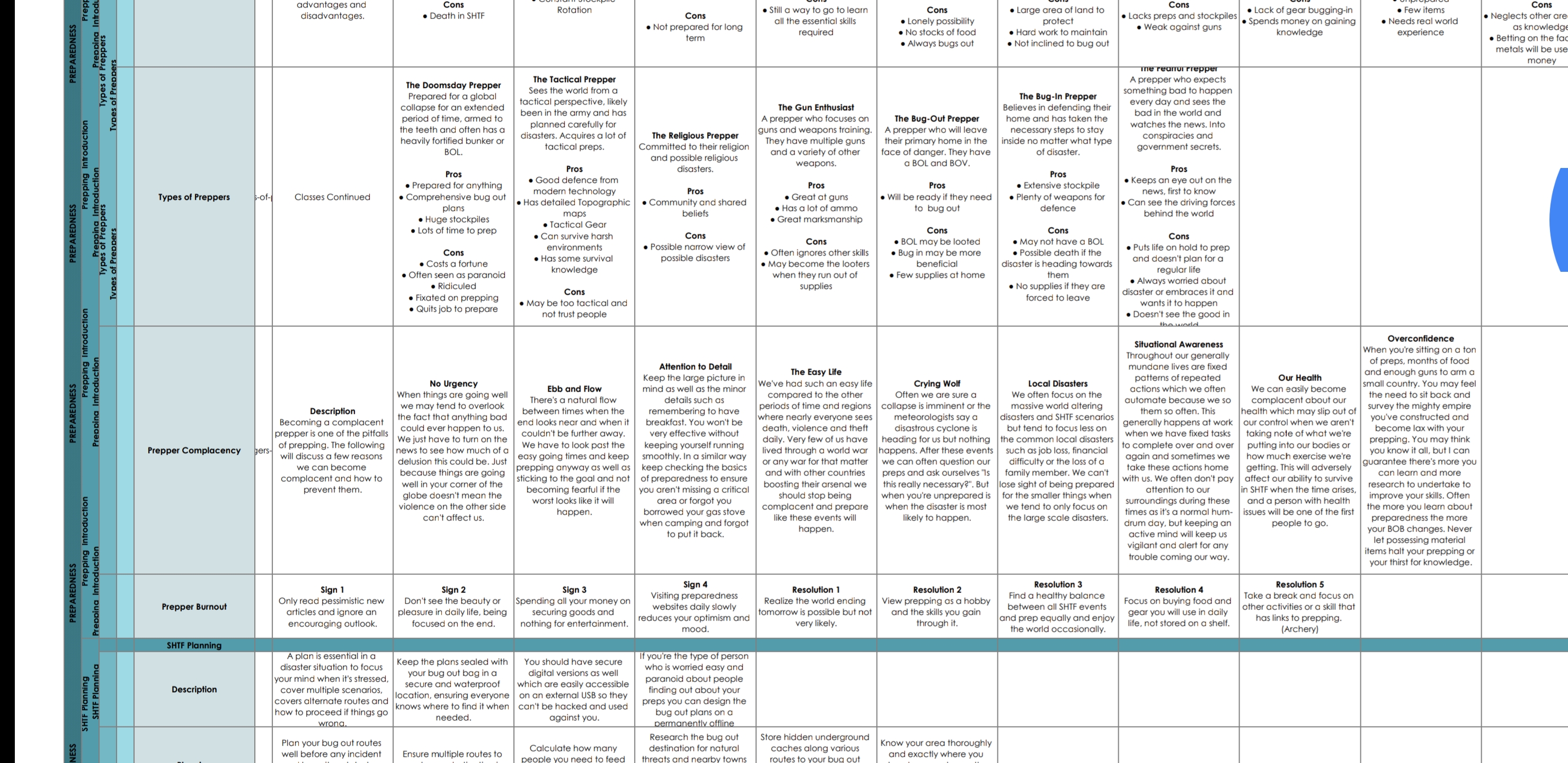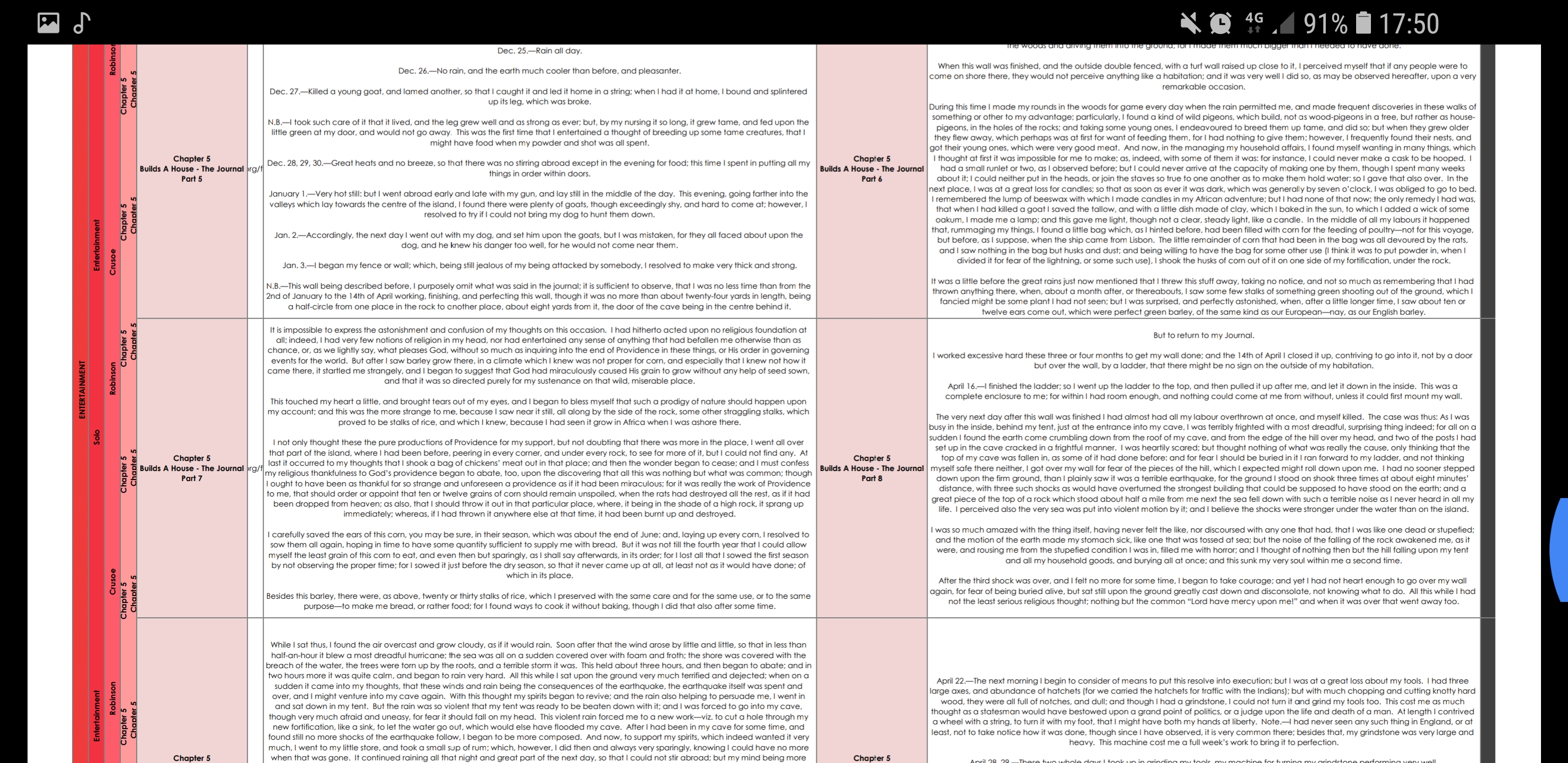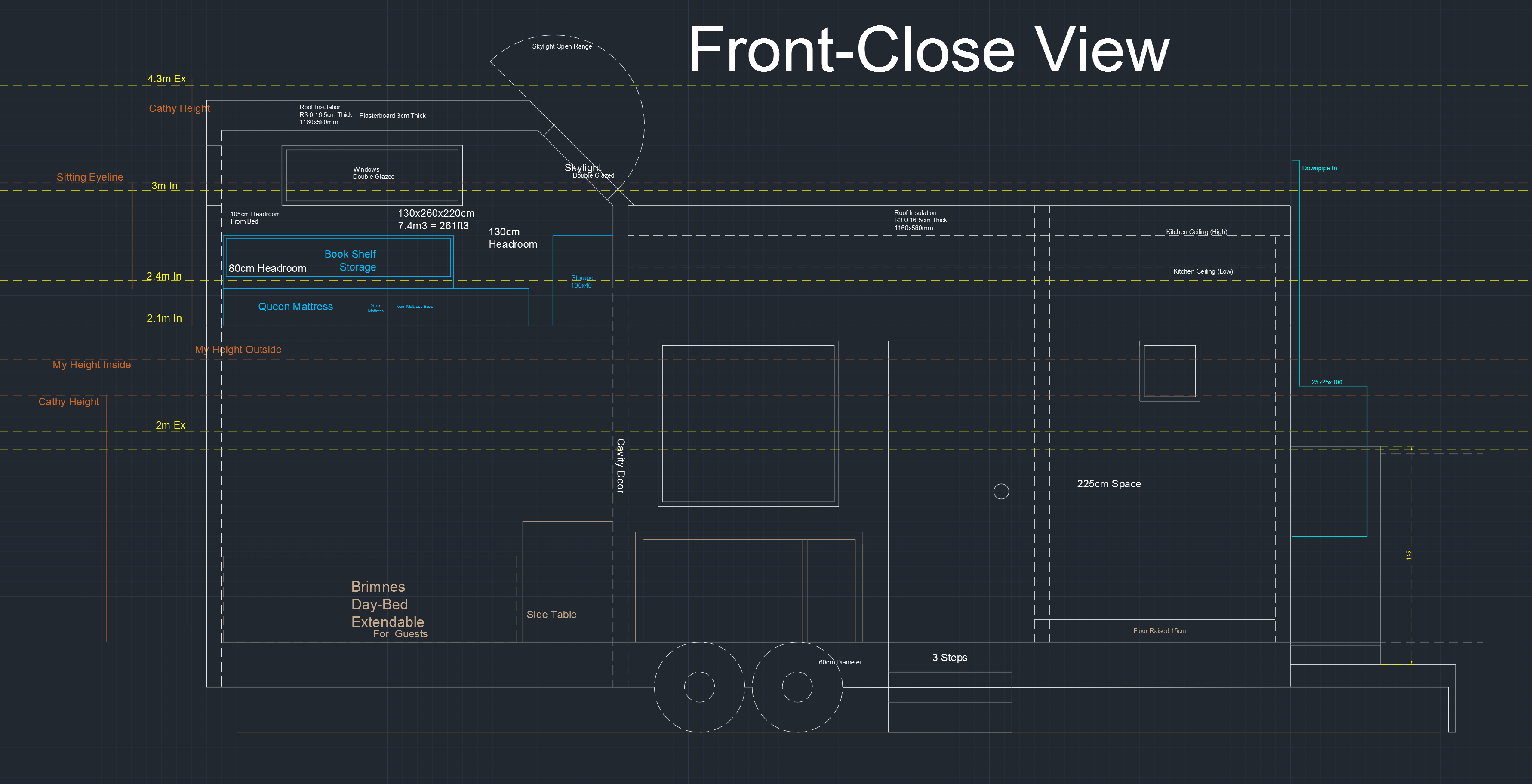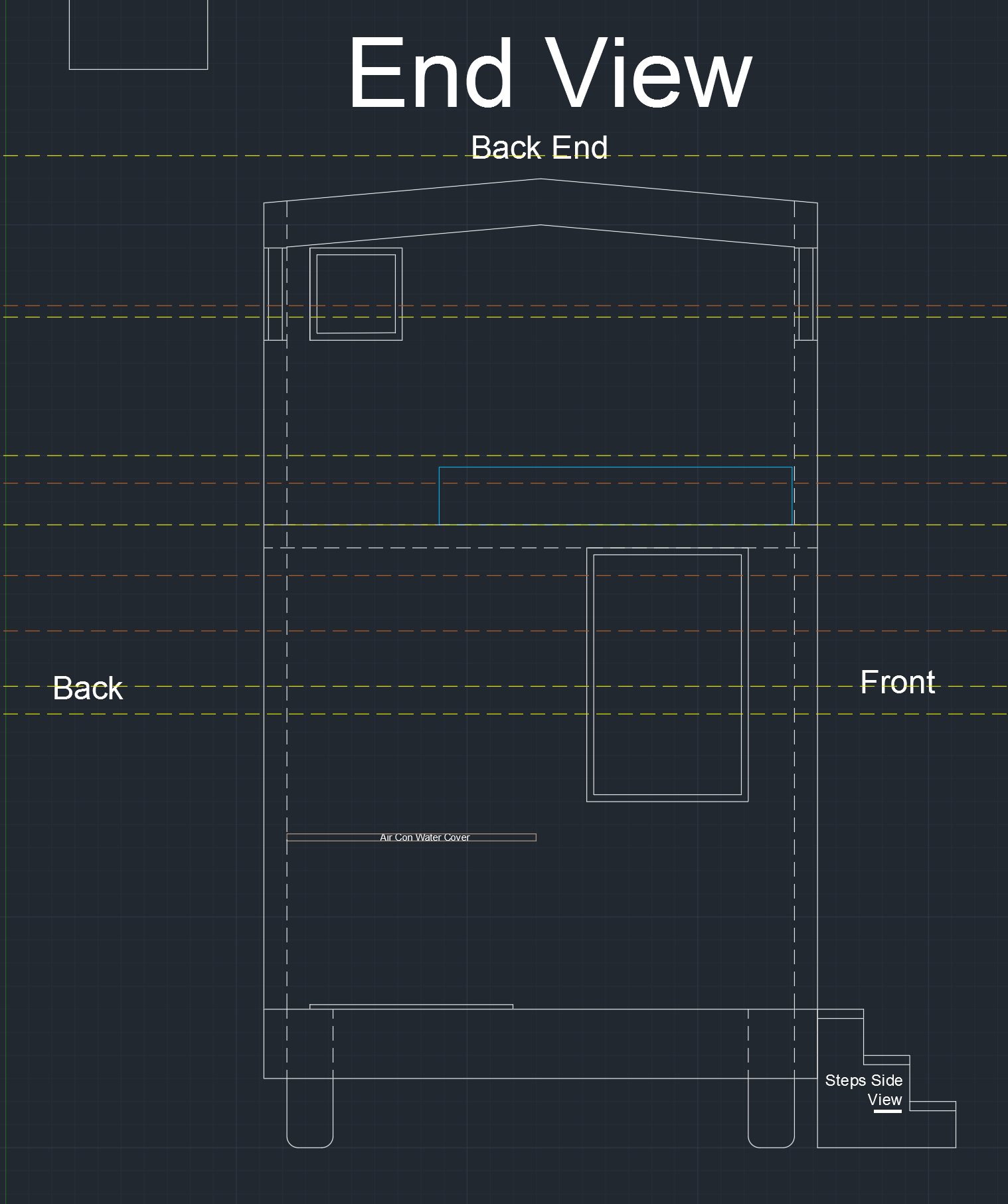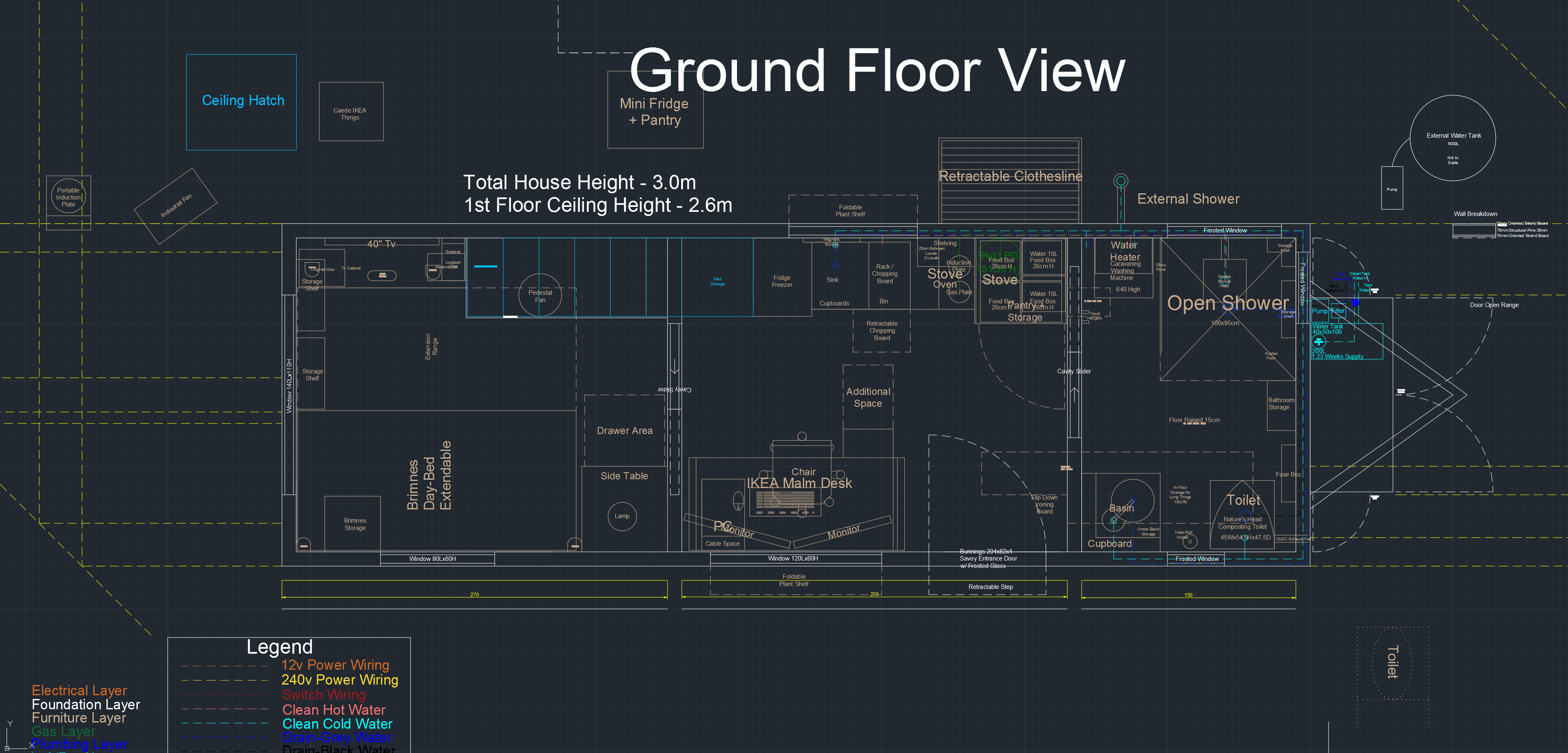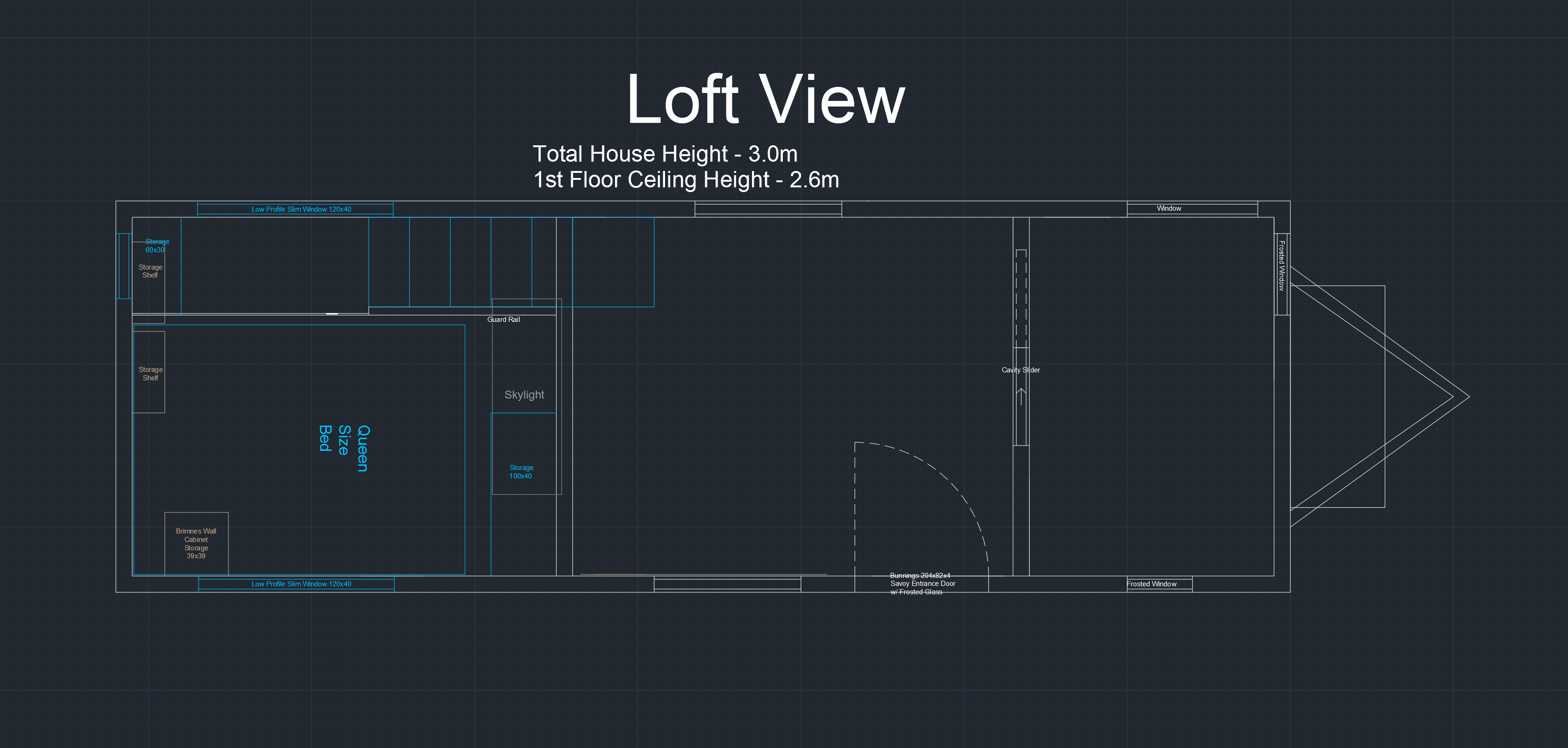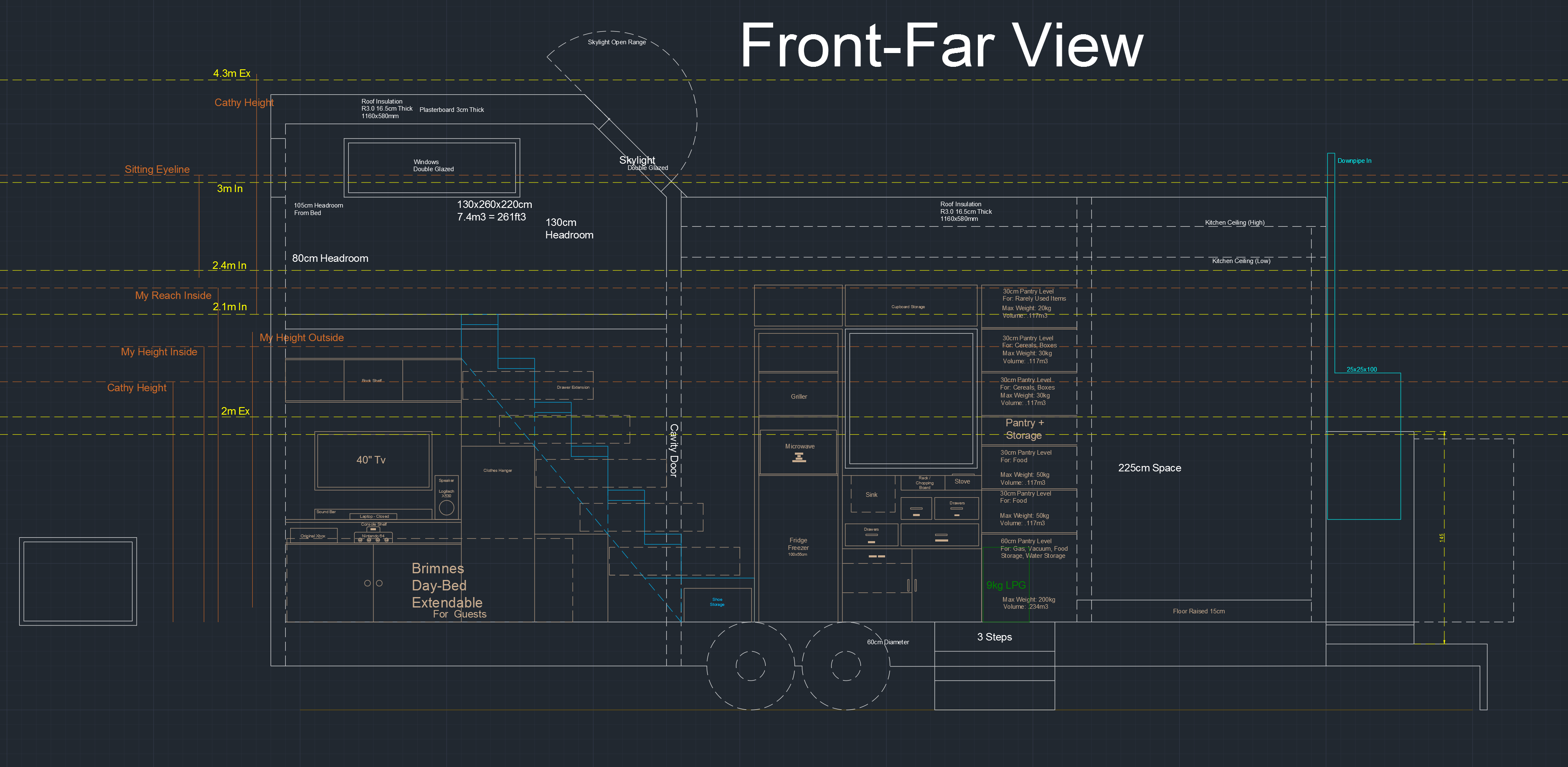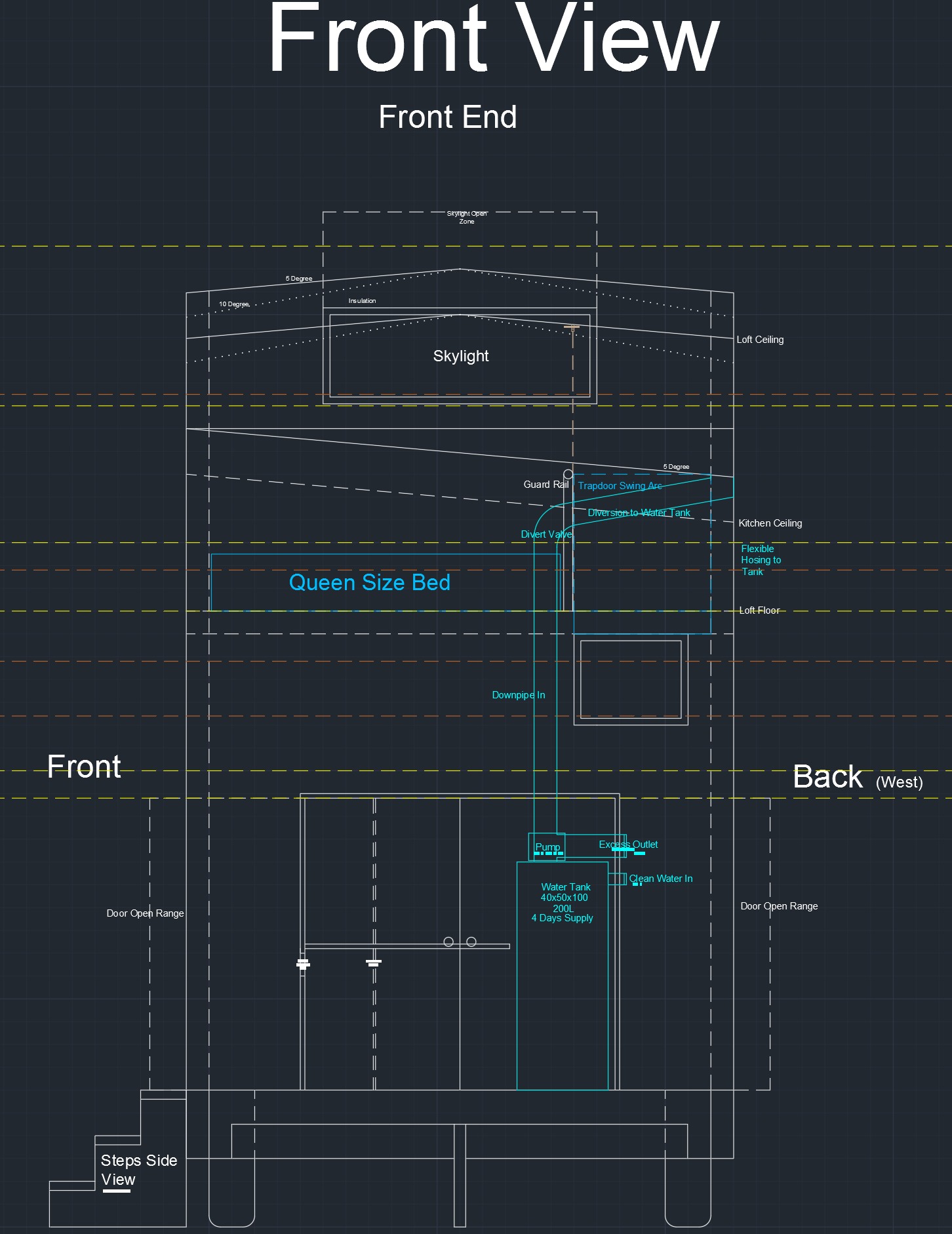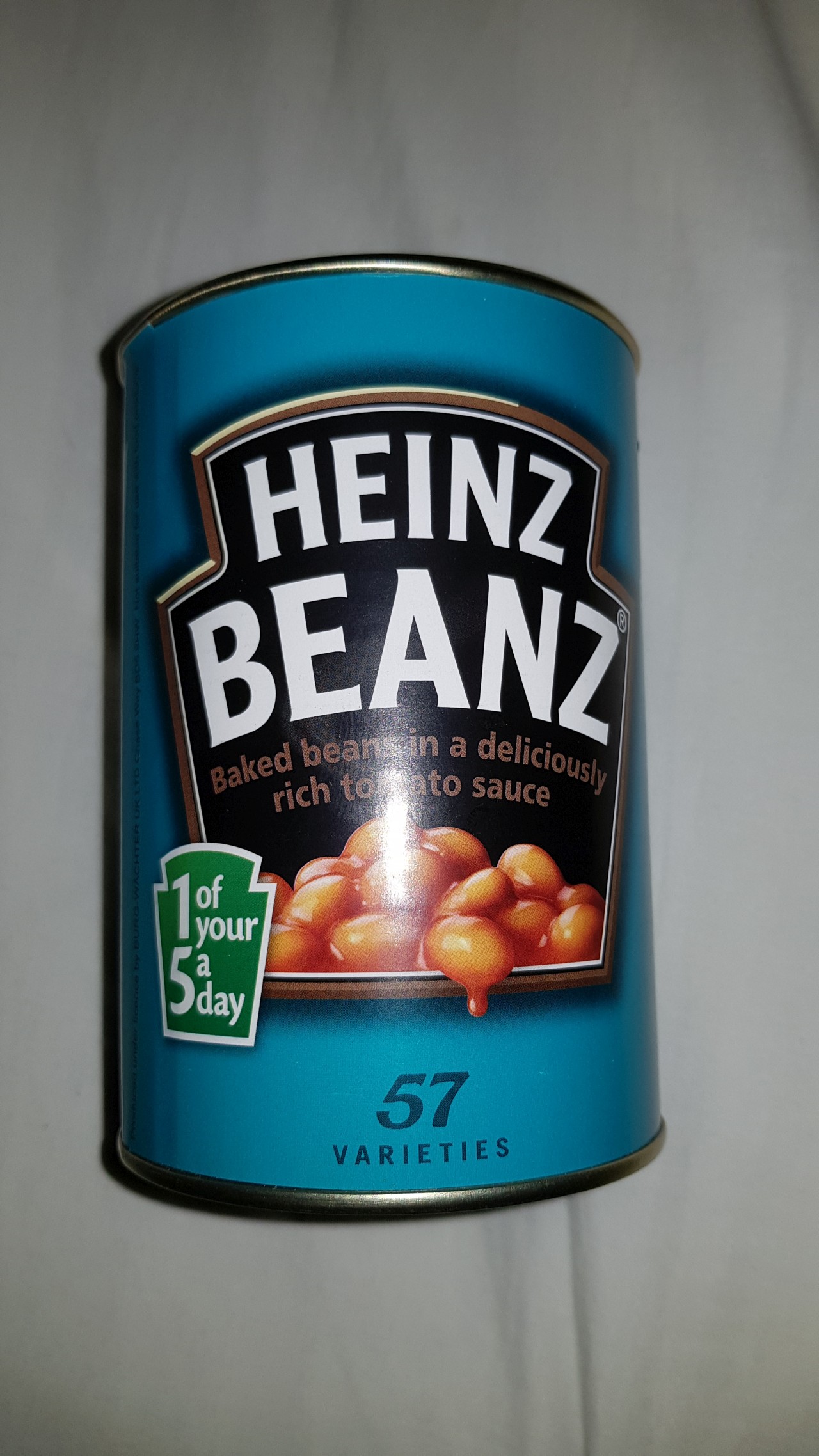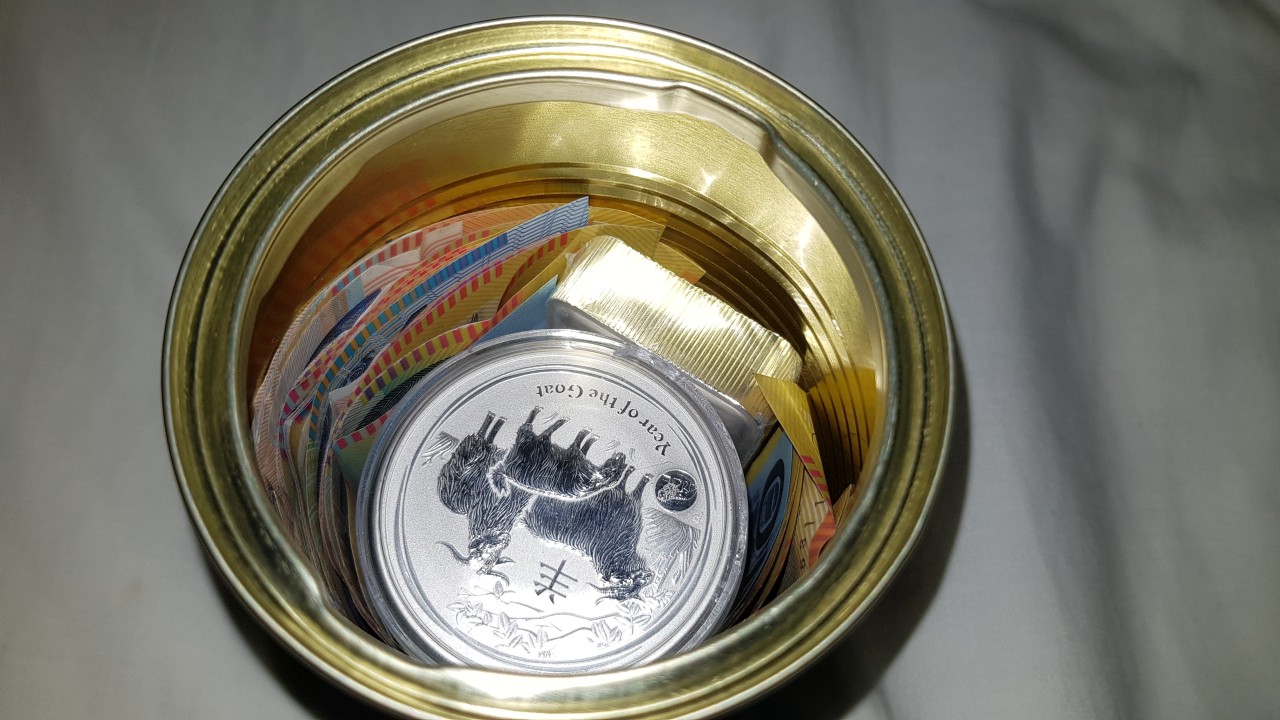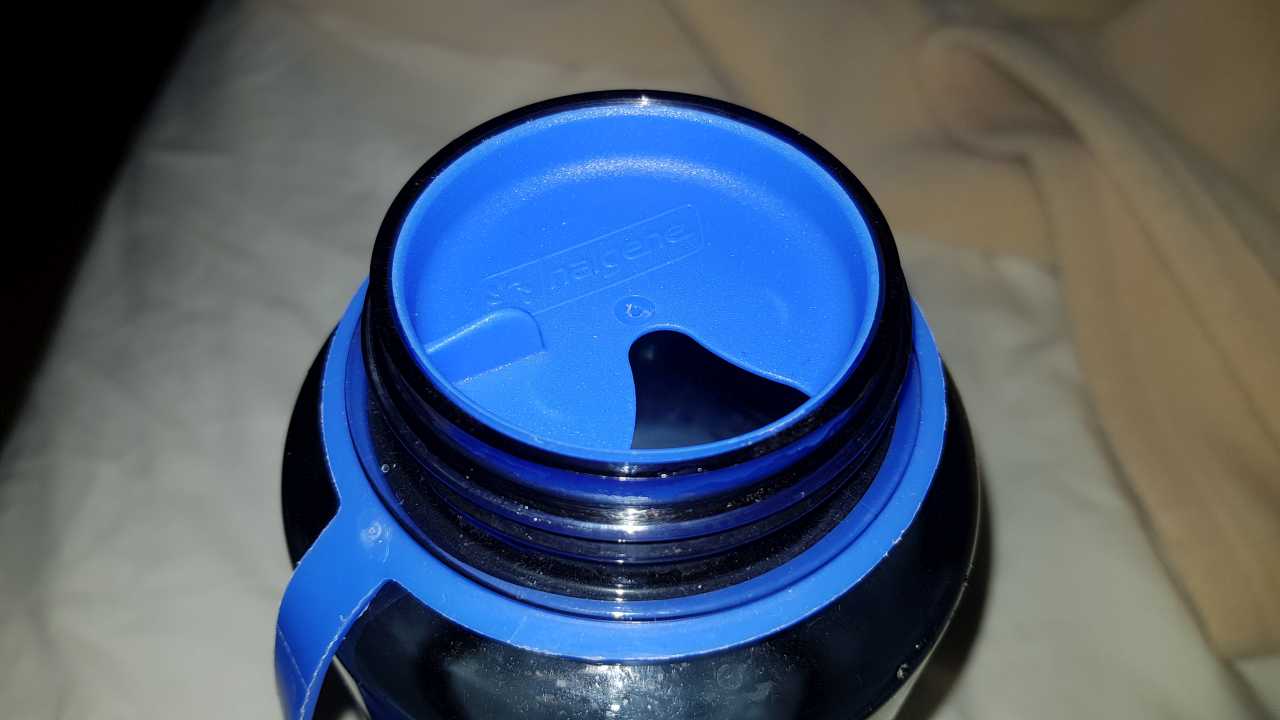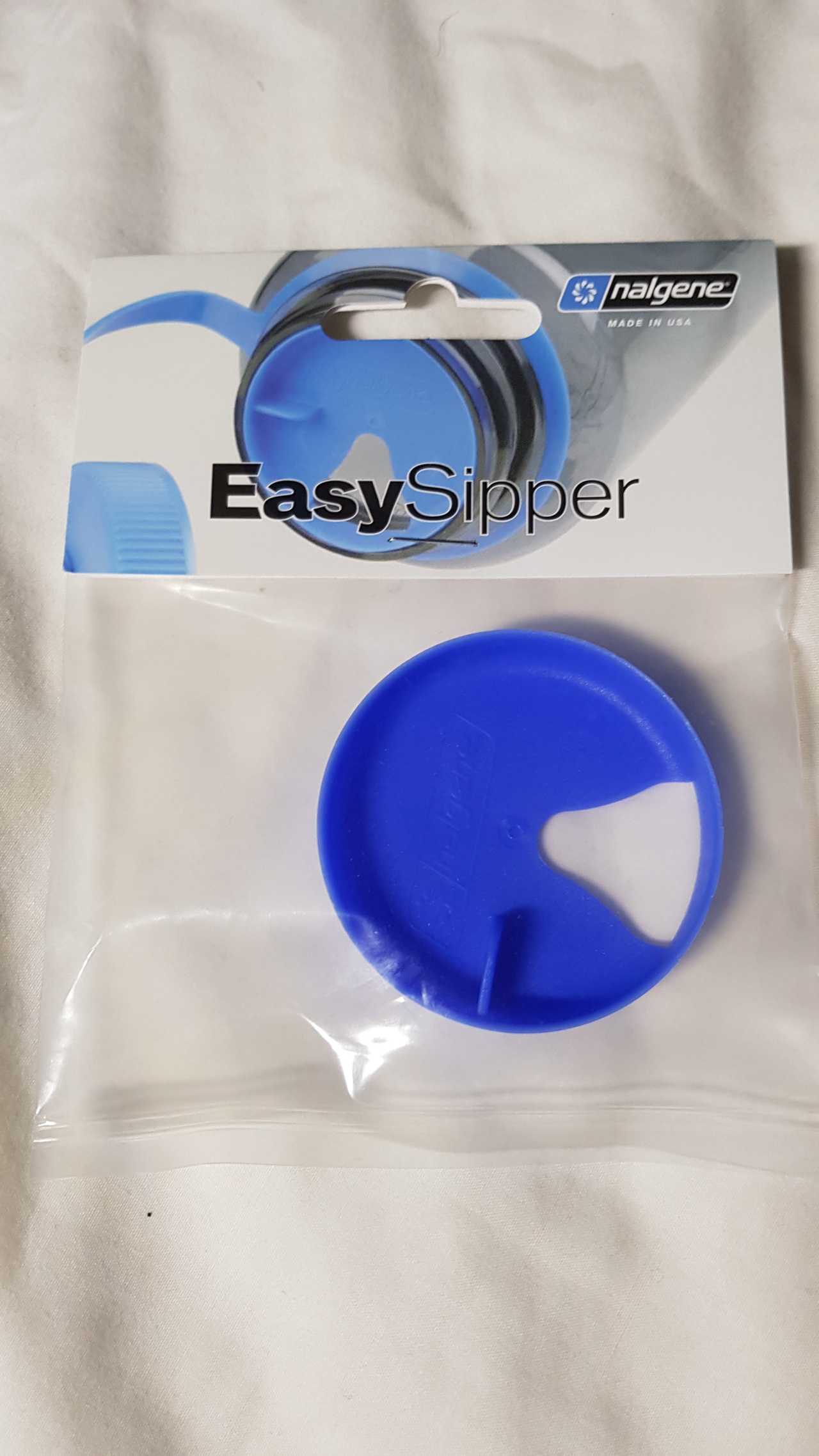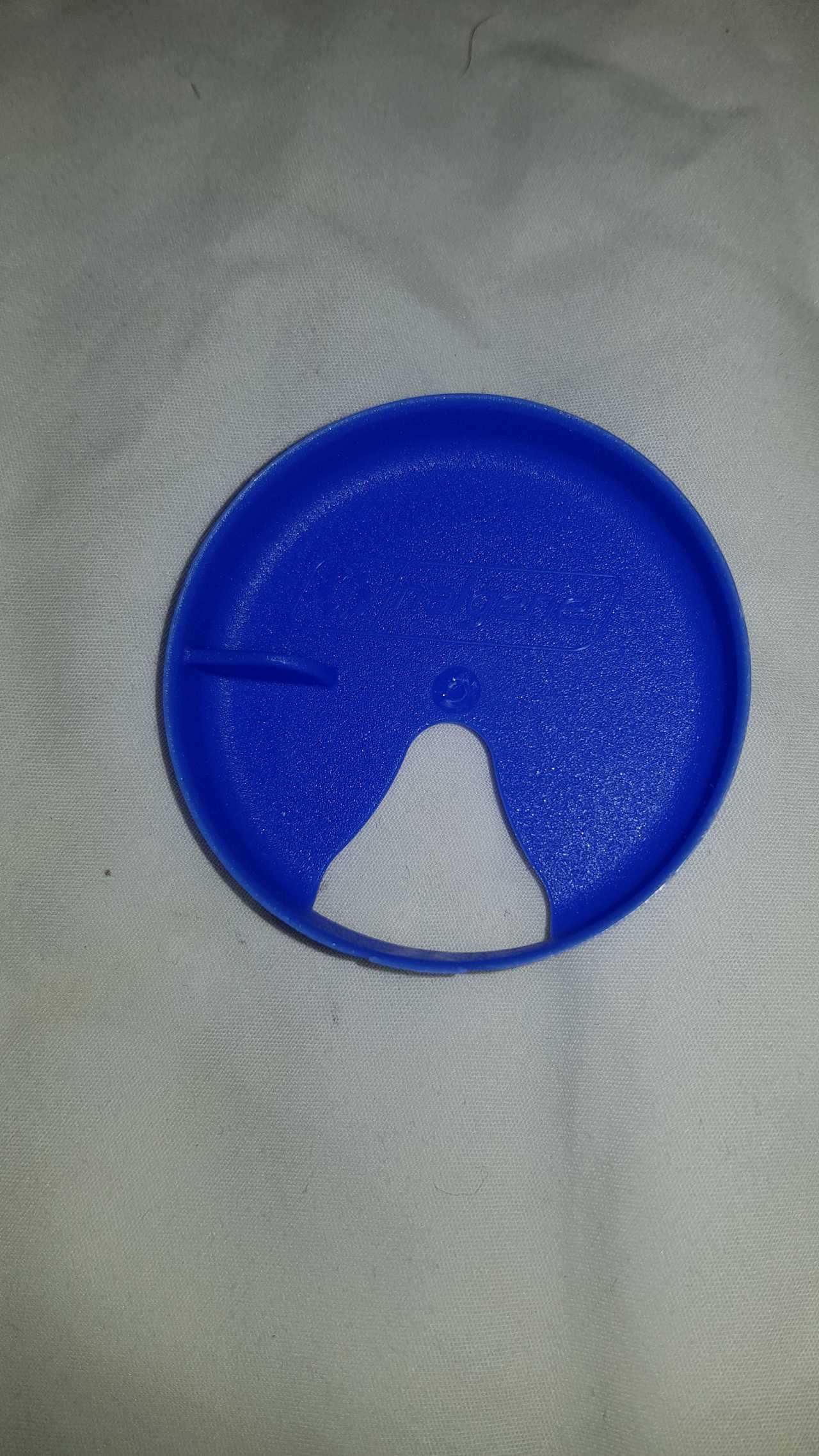It’s an arduous task to decide on a cookware set for your bug out bag which is minimalist, lightweight and easy to clean. There are so many options today that it’s easy to get carried away and bring too much gear you won’t even use.
I don’t know about you but I buying love a nice new shiny pot which I aim to take everywhere and use as my primary cooking pot on every trip. But often it’s used once and pushed to the back of the cupboard in anticipation of new cookware. If you stick with one piece of gear it becomes part of you and the more you use it the more skill you have with it and over time it shows its age and develops character. If you own a collection of pots as I do it becomes a problem of which one to take, how many you should pack in your bag before it becomes overkill and how well they stack.
Below is a simple guide for choosing an encompassing set of cookware for every need, because every person is different so your gear will differ.
Cookware Uses
The first question you come across is what will you be using the pot(s) for? It’s essential that you have at least one form of steel pot in the wild to complete the various tasks over the fire you’ll need to accomplish. Every scenario is different and you may need to cook larger chunks of meat which is difficult to complete without a large frying pan. Generally however you will have canned or freeze-dried meals which should easily fit into any modern steel cookware unit.
Requirements
• Food Cooking – Something to eat from and cook on
• Water Boiling – Something to drink from and boil water on
• Cooking Pan – A pan to cook larger meats or hunted game on
• Cup – An (insulated) cup to drink from
Food Cooking
The eating and cooking one is obvious as you will definitely need a way to warm up and cook food, and you can eat out of the same pot to save weight. Freeze dried meals require water to be boiled beforehand which you could then add the food to the water or add the water to the package and still only use one pot.
Titanium pots have a tendency to get hot in one area and spread the heat less effectively than aluminium or steel but are very lightweight and the same strength as stainless steel. Cast iron is extremely heavy and is not recommended for your BOB, but they are handy if you’re just camping as long as they are seasoned properly. Aluminium has a low melting pot and could melt if left directly on a fire for too long so I don’t recommend it, however it does cook foods evenly. Stainless steel is my preferred option of pot due to even cooking of foods, a solid feel to it and it won’t rust, but it’s moderately heavy depending on how thick it is. It should last the longest out of all of the other metals as well.
Do not pick ordinary kitchen cookware as flames melt anything that’s not metal on them and basically renders them unusable. This has happened to a friend of mine while camping where even the top of the billy’s lid which was plastic melted away in a fire.
Your cooking pot should be small enough for a 1 serve meal with not much space left over as the efficiency of heat will drop sharply as the pot gets bigger. This occurred to friends of mine while we were camping who brought a 10L pot aimed at cooking both their meals at once. They filled it with water and rice and tried to cook it over a canister gas flame in 5 degree Celsius temperatures. I even grabbed my flambé torch, attached it to another gas canister and tried to heat it up at the same time… but to little effect. Basically the water got warm and never boiled so they had to eat undercooked rice.
There’s a lot of “done it for you” cookware sets out there which are aimed at campers and picnic’ers which often include everything including the kitchen sink. These types of sets often have many items that are overly heavy for their purpose or that come in sets designed for X amount of people, half of which you may never use. I once bought a Stanley cookware set which came with two green insulated cups inside which fitted quite snugly and allowed no space for anything else. However when removed I could fit a gas cylinder, gas stove, cleaning brush and a spork inside which is much more useful then two cups.
Water Boiling
You’ll likely need to boil water throughout your trip at one point or another and a container that can withstand the temperature and hold enough water is vital. After boiling you’ll generally pour the water into your bottle after it had cooled a little for drinking at another time, as well as for preventing the transferral of remaining bacteria from the outside of the pot to your stomach if you used the same pot to obtain the water.
I highly recommend a pot with both handles on the side and one on top so you can pick it up with both a stick and your hands to drink from it normally. What I’ve found while camping is that it’s certainly a pain to try and pour the boiling water into another container without touching it with your hands, and a top handle with a small spout on the side is very helpful to prevent spilling the precious liquid.
Having a 1L pot will keep boiling times fairly low and provide you with enough water to top up most plastic bottles, you can also disinfect water easier in a 1L pot using tablets then having to measure it out or estimate 1 litre. Water boiling requires the steam to escape unless you want an epic explosion, so be sure to have a vent of some kind on your container otherwise the lid may pop off and fall into the fire.
Cooking Pan
A pan would be recommended if your bug out plan consists of hunting your own game and preparing it for consumption. A pot simply won’t be large enough and won’t cook very evenly unless it’s cut up into small pieces and stirred often. It’s also easier to reach into a pan and cooking things like eggs and sausages also becomes difficult if you have to reach into a tall container with a spork – believe me I’ve tried it. Look for a pan with a long handle and if possible a metal loop over the top to make it easier to grab when in a fire. You could add a metal handle yourself with a simple drill if it doesn’t come with one.
Cup
A metal cup could be useful in your BOB if it fits snugly inside or around another item to save maximum space. I personally have an Olicamp cup which fits around my plastic 1L Nalgene bottle that I use often, sometimes to cook on as a backup as it fits about 600ml. Mine has folding handles to save a bit more space and weight.
Combinations
It’s possible to combine some of the cookware together like as the eating and water boiling pot but this could lead to difficulties later and will require cleaning after every use, not to mention you won’t be able to have a cup of coffee while you are enjoying a hot meal without another form of cup or pot. But if minimalism and a light backpack is what you’re aiming for then this could work.
Stacking containers such as canteens which combine a pot with a bottle are commonplace for the army as they can easily be put together to save a lot of space. The downside is that you aren’t able to fit a gas stove, gas canisters, spork and the cleaning brush inside of it so they are better used for open fires.
If you’ll be cooking on gas, ideally the cookware container should be large enough to fit:
• Gas Stove
• Gas Canister
• Cleaning Cloth/Brush
• Eating Utensil
Doing so will save a little more space in your bag but not as much as an open fire cooking situation.
Special Requirements
Are you a gourmand which absolutely must have an array of pots and pans for every situation? You may be able to take a lot of cookware in your BOB but is it really worth the effort? Bugging out is very different to camping. You can basically take as much gear as you can fit into your car and it’s a recreational activity which is meant to be enjoyed. The other is meant to be a life or death situation and it will really put a “damper” on things if you’re lugging around 2kg of cookware gear. I find it so hard to leave behind my cookware as well, but it’s all for the greater good in the end.
Summary
In the end I decided I’m going to carry two primary cookware pots with what I can stack around and in them as a bonus. I’ll also have a Nalgene stackable cup which will essentially take up no extra space and give me a nice cup to drink from as well as an emergency cooking pot if necessary.
My Cookware:
• 1 stainless steel kidney shape canteen
• 1 stainless steel kidney shape pot which stacks on the canteen. Some come with a lid.
• 1 stainless steel billy-style pot 900ml (30.4oz) containing cooking gear, stove etc. Comes with a lid.
• 1 Olicamp Cup which fits snugly around my nalgene bottle
The canteen cup will be my primary bowl and fits nicely over the base of the canteen. Some brands come with an extra lid for the cup to keep in the steam and cook food faster which is a great option if you need it.
This setup lets me boil a nice amount of water in the kettle and doubles as an eating container and is very effective over a fire due to the extra hanging handle on top. I only wish it was a full 1L to fill my 1L nalgene bottle in one boil. Although generally the manufacturer underestimates the full capacity of these things so they can’t be sued so it’s probably closer to 1L.
The final component is my cup which I use for scooping water as well as filtering water into and the obvious uses such as drinking tea and coffee. I’ve used it for cooking Frankfurts before but it was difficult due to the height of the cup.
I hope this has helped you make an informed decision on selecting your cookware for bug out situations, or even when camping.
Leave a message if you have a question about anything.

